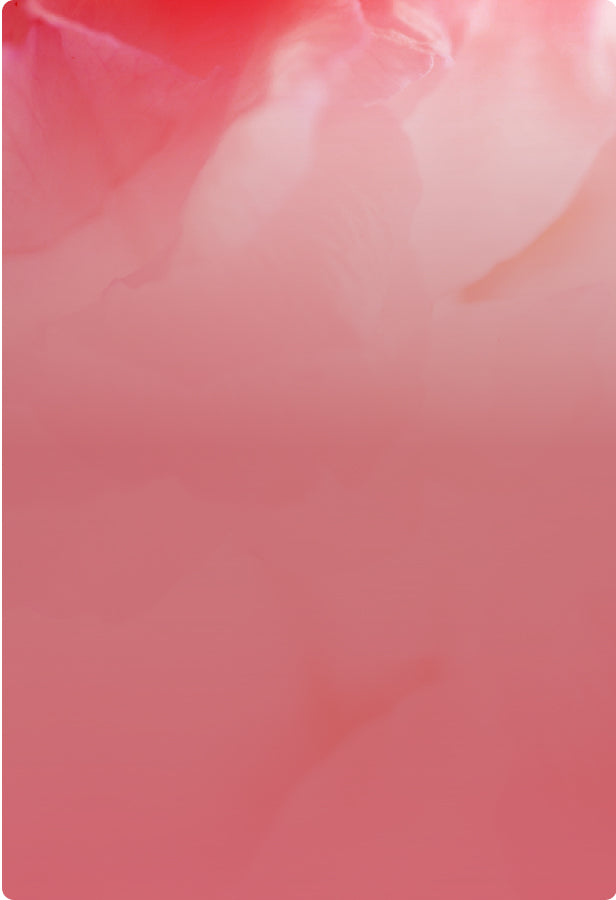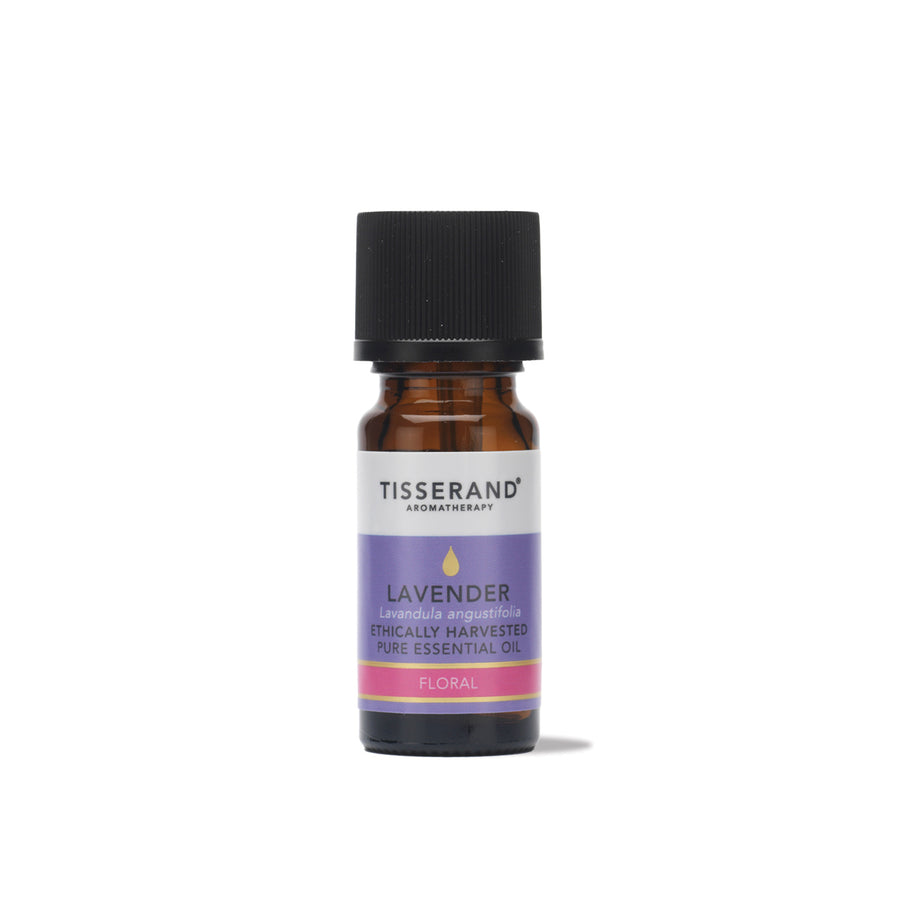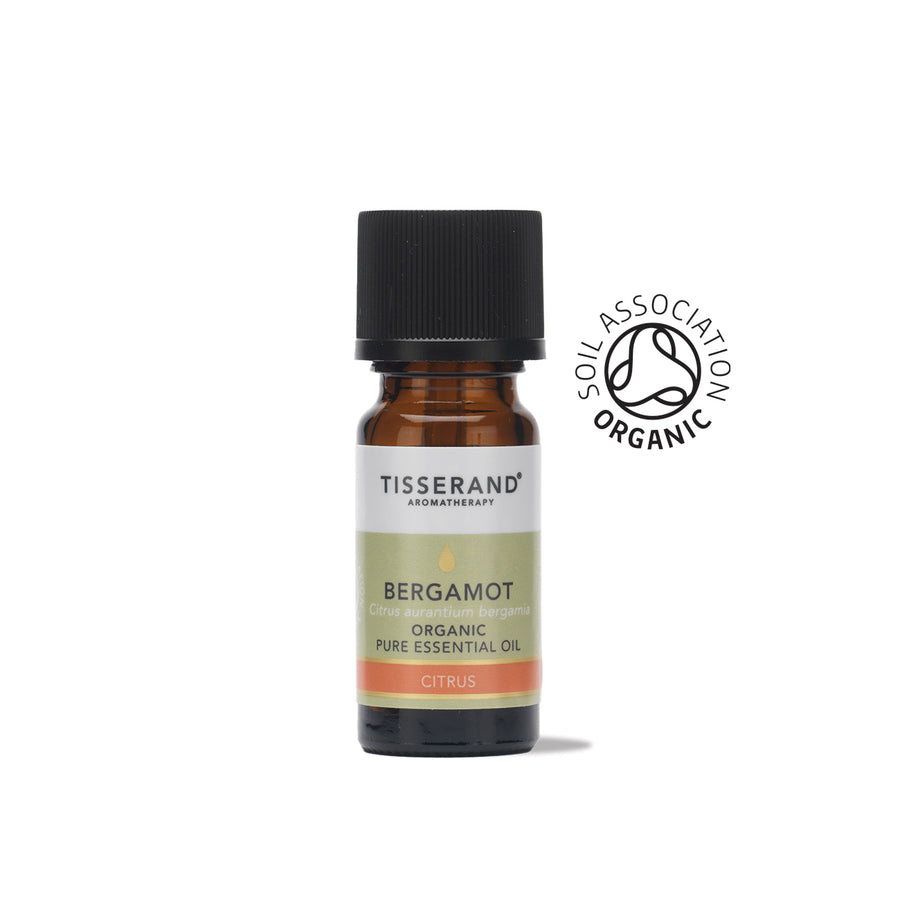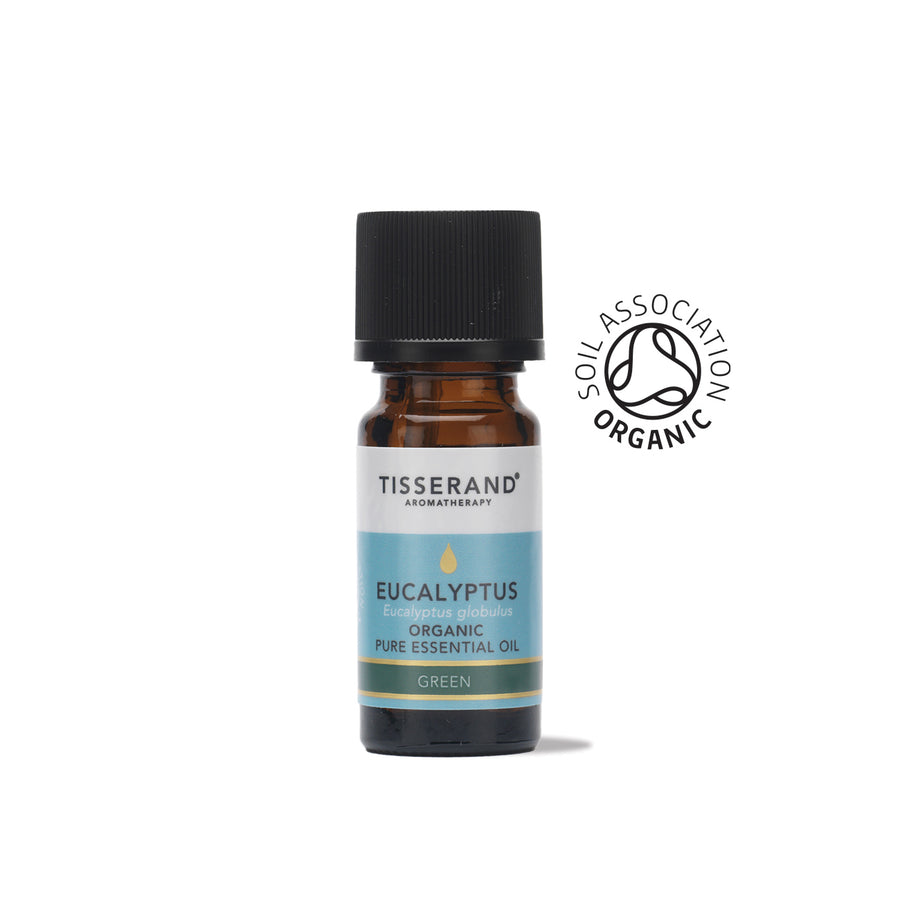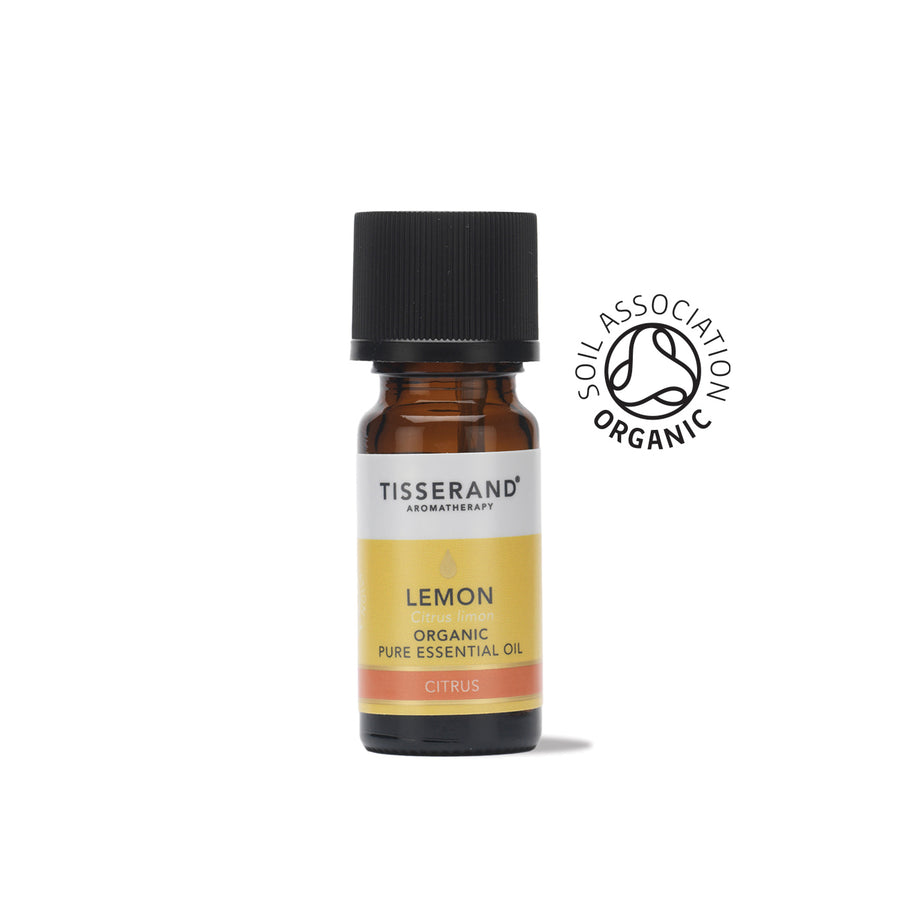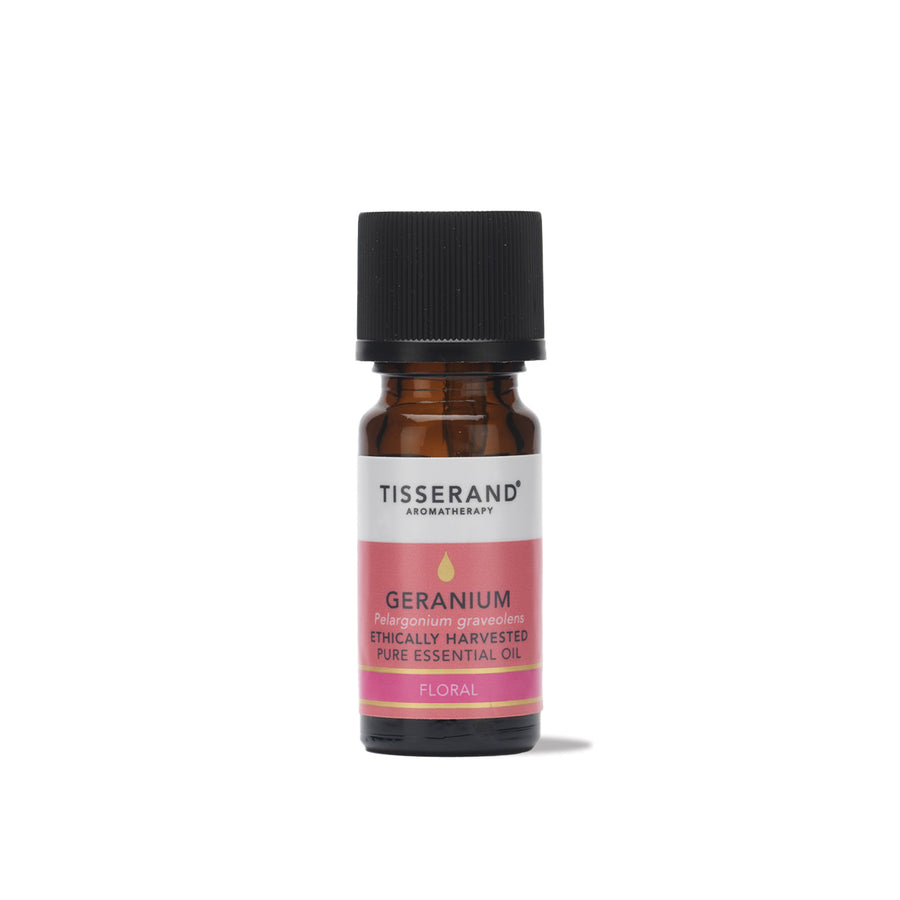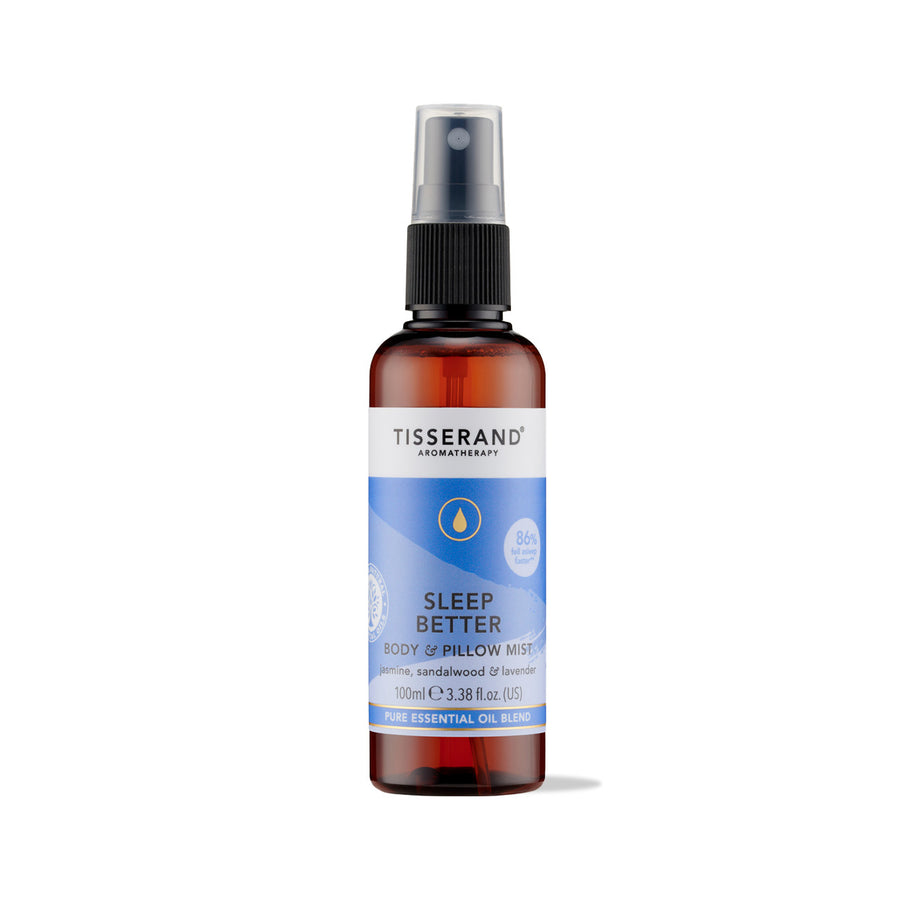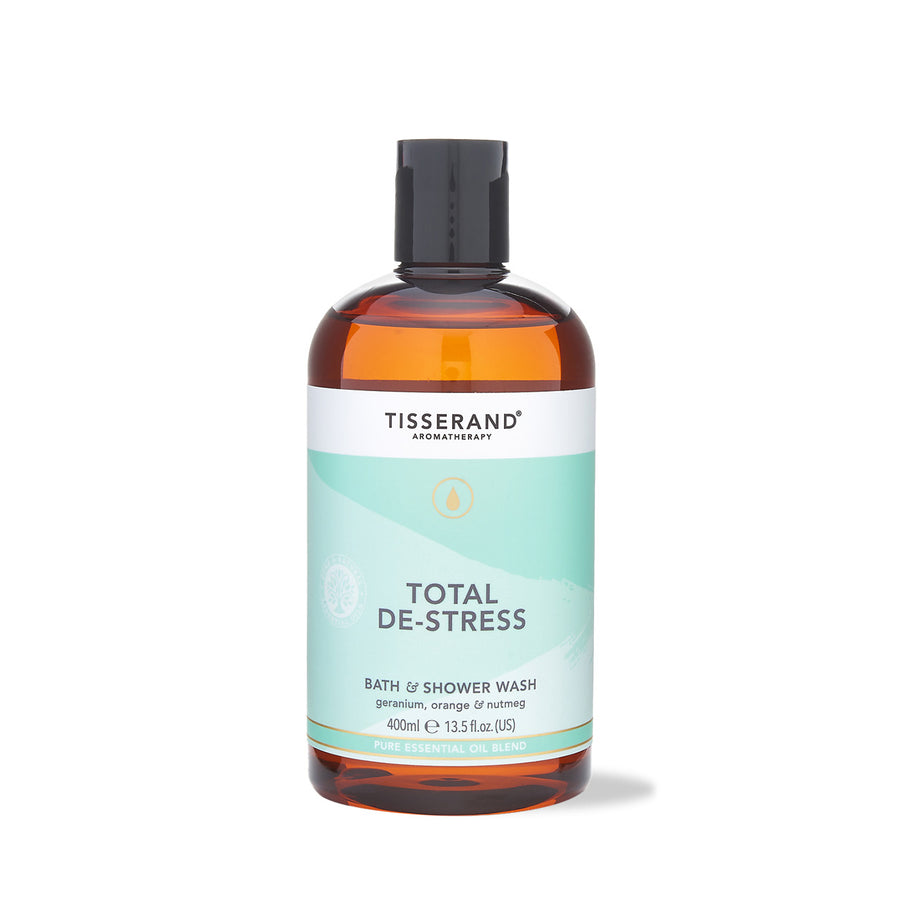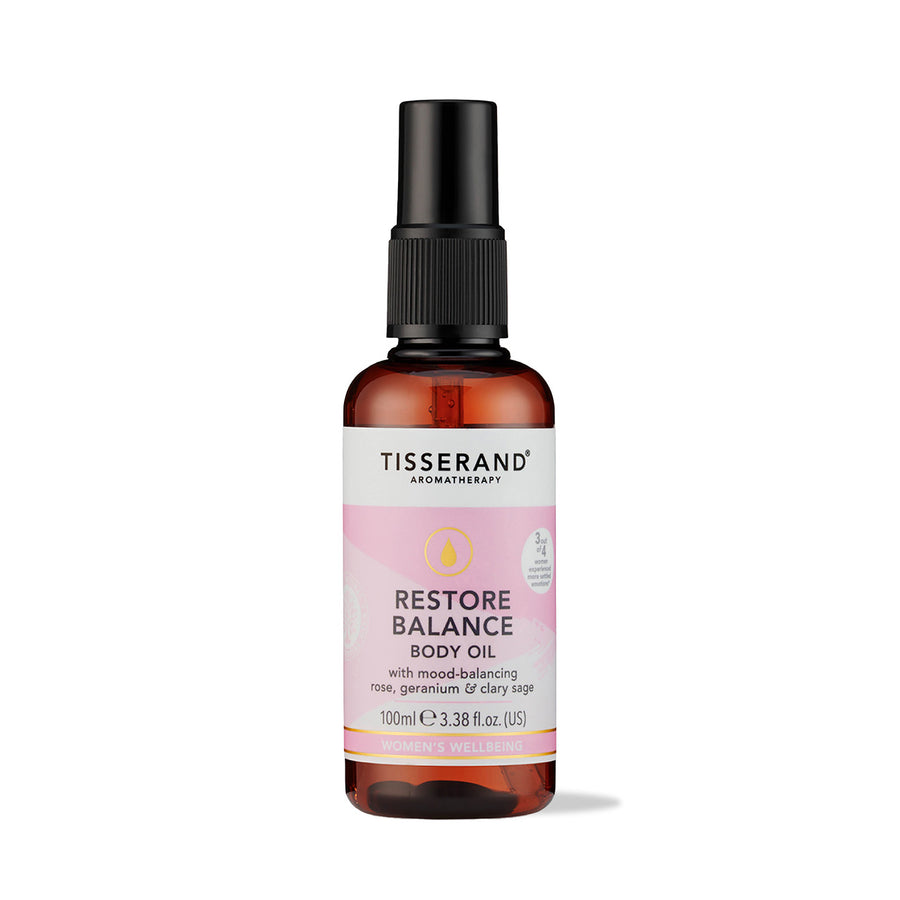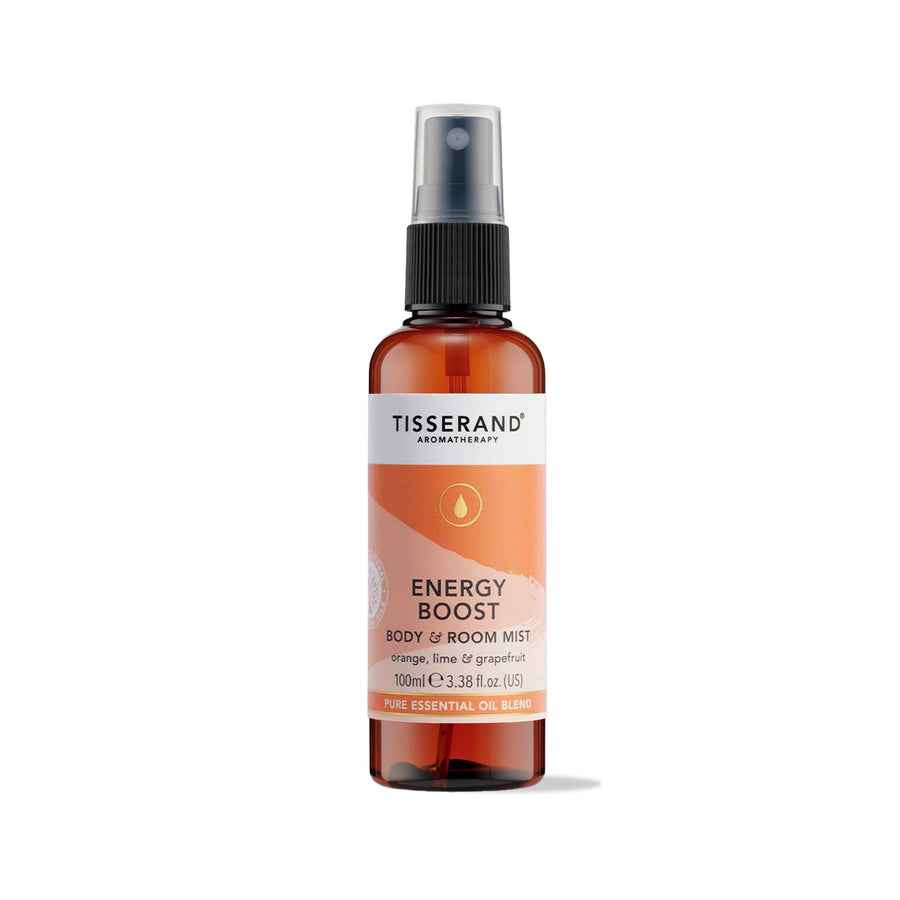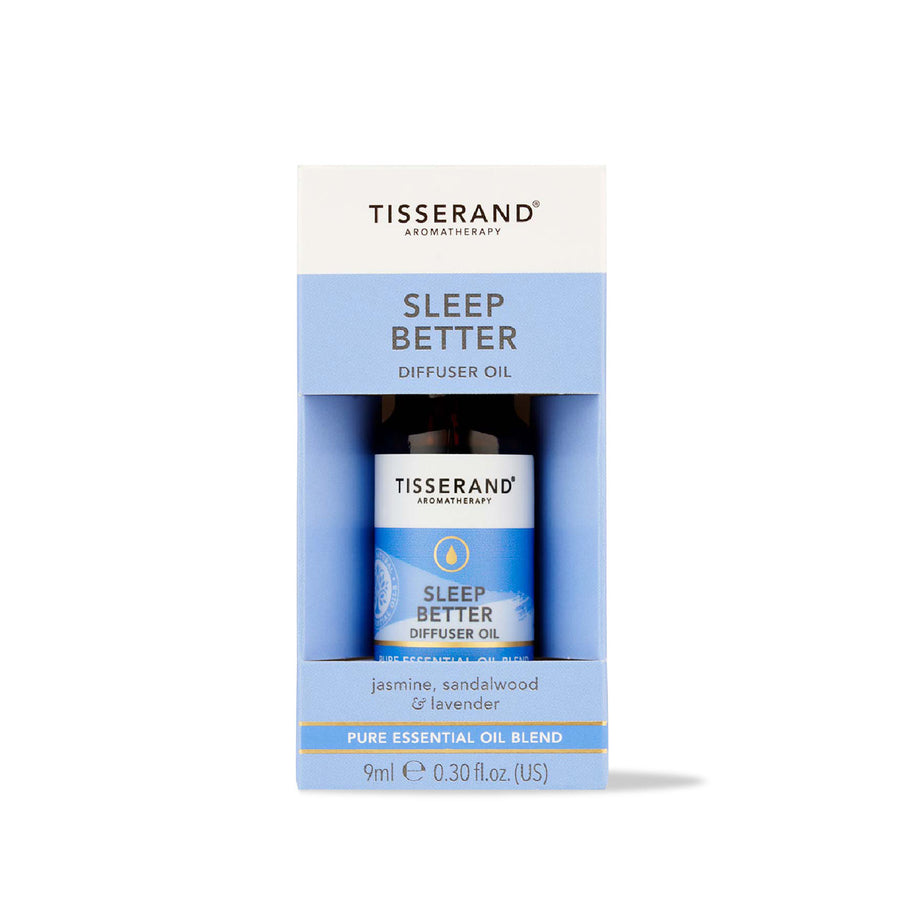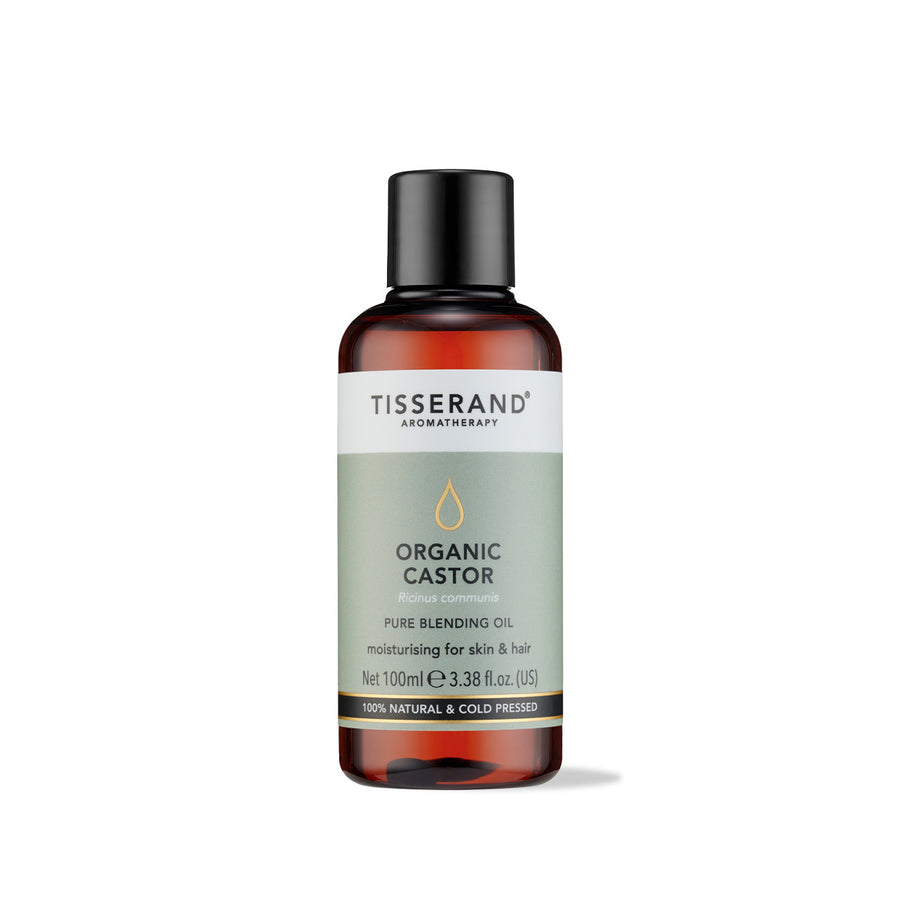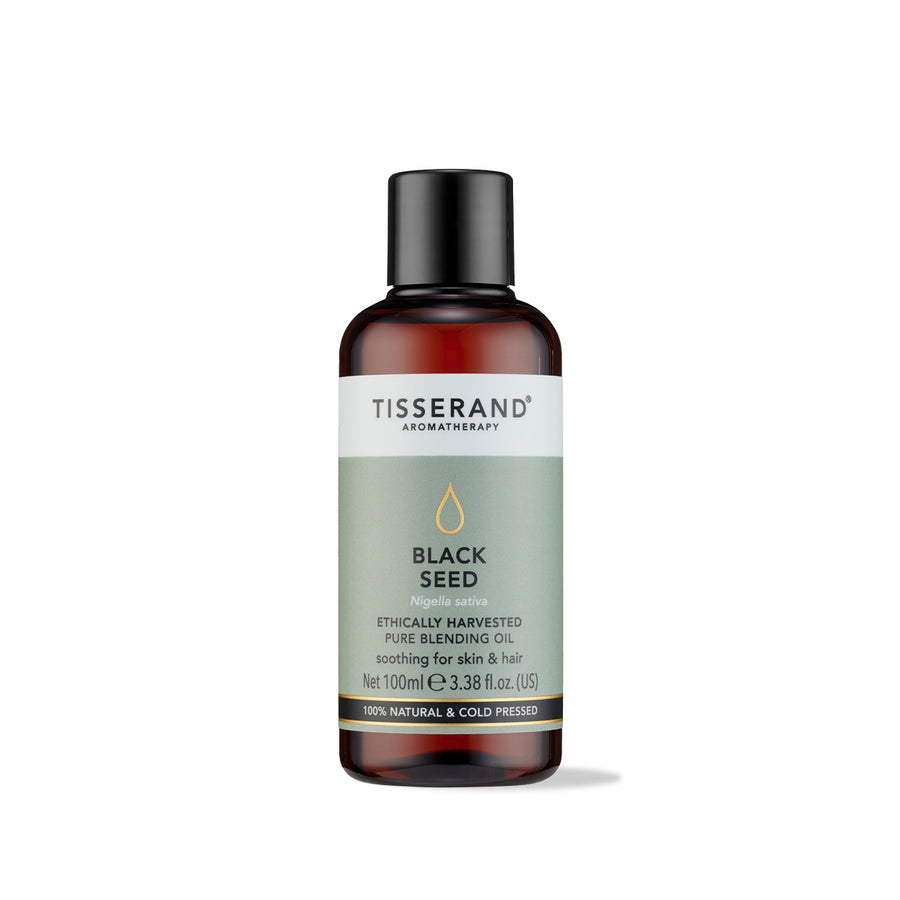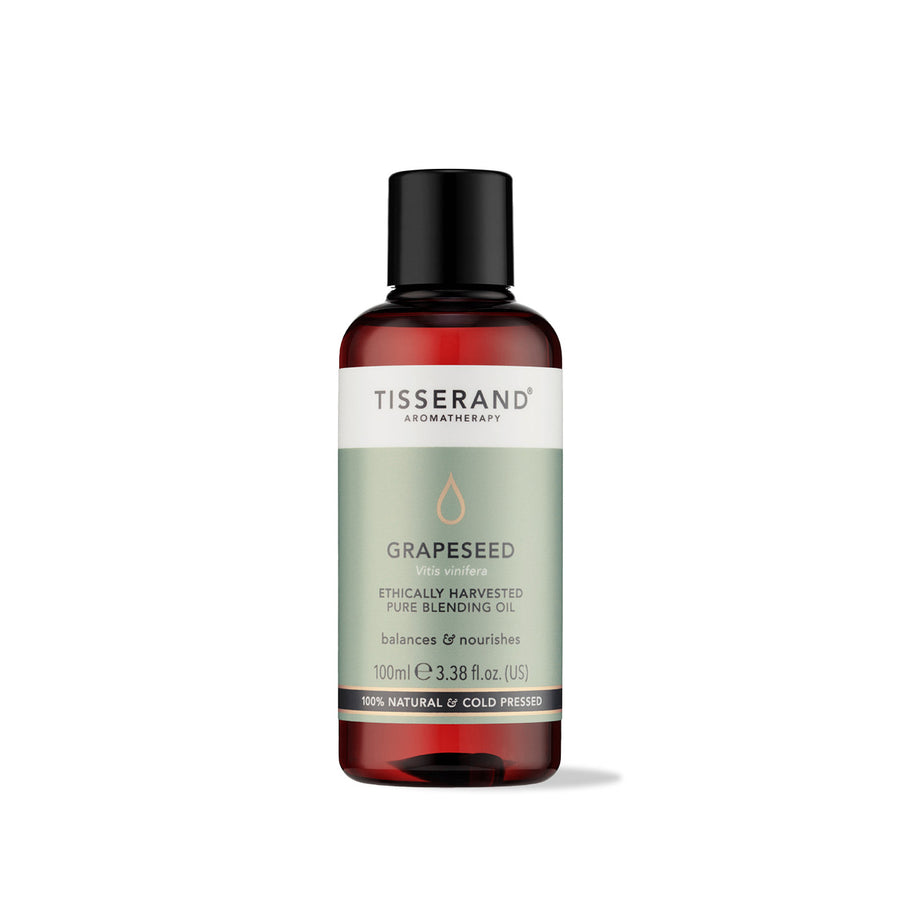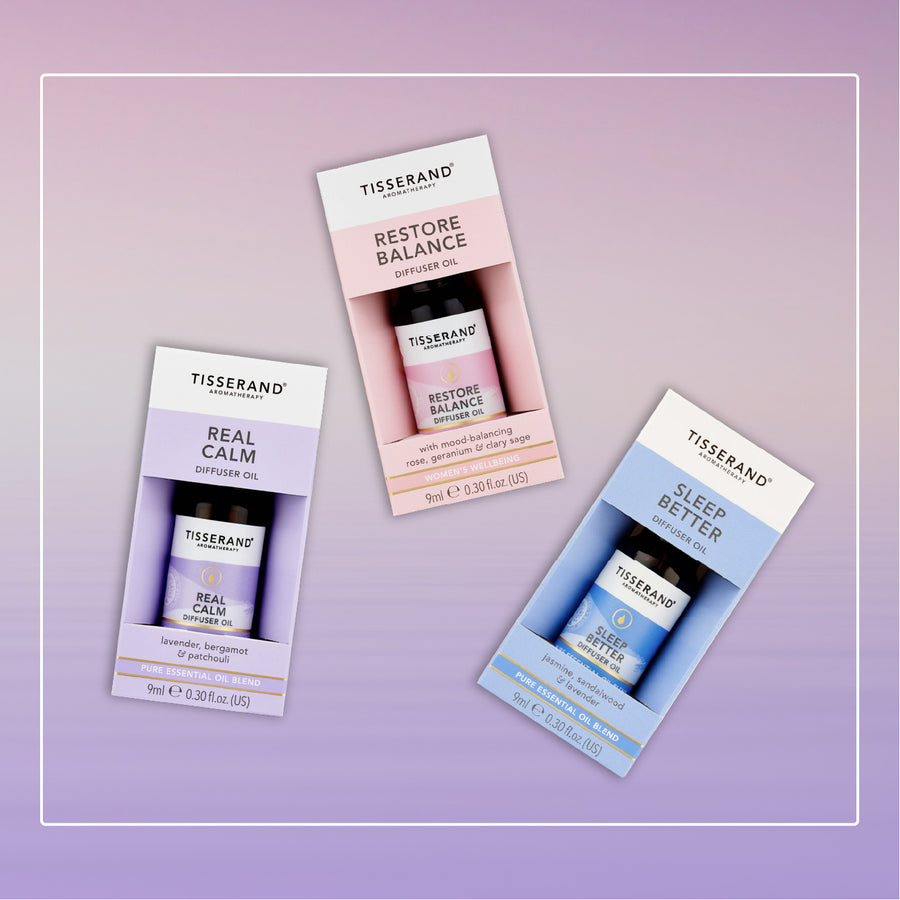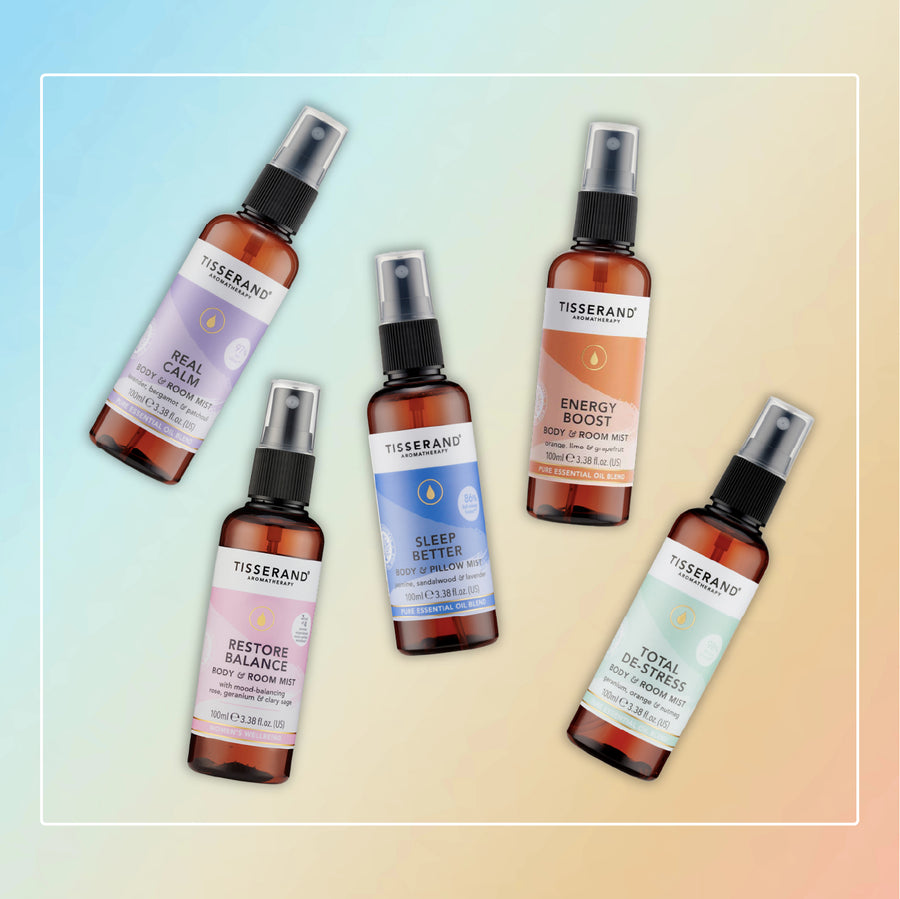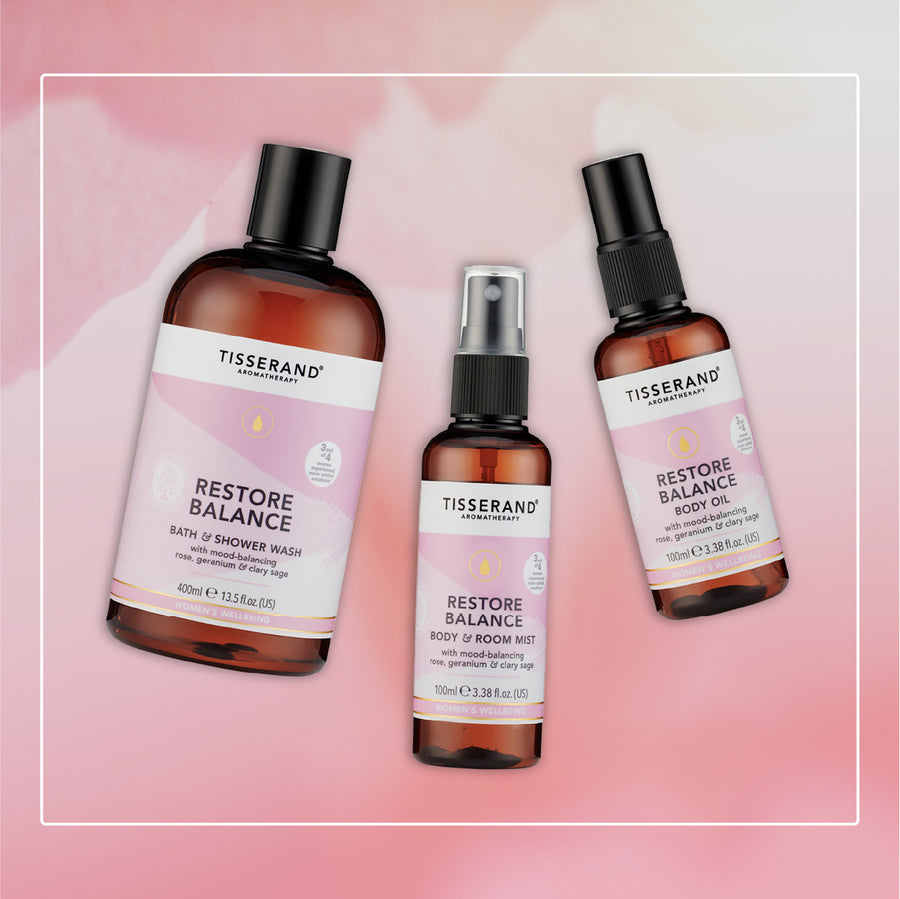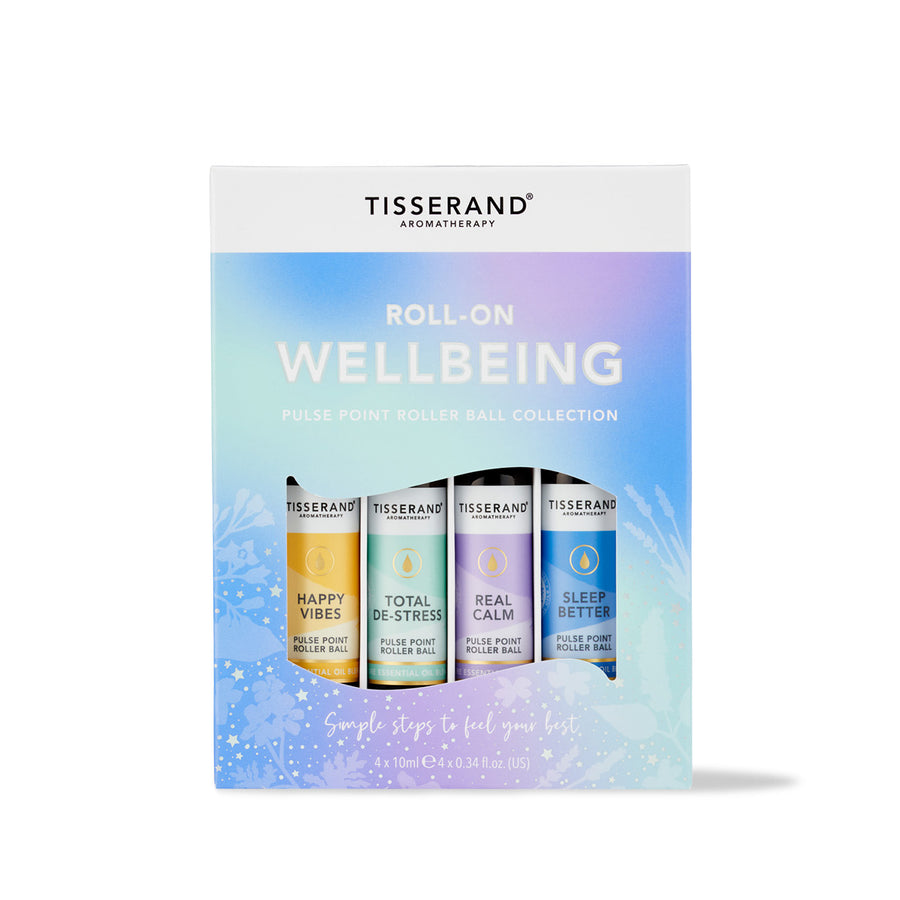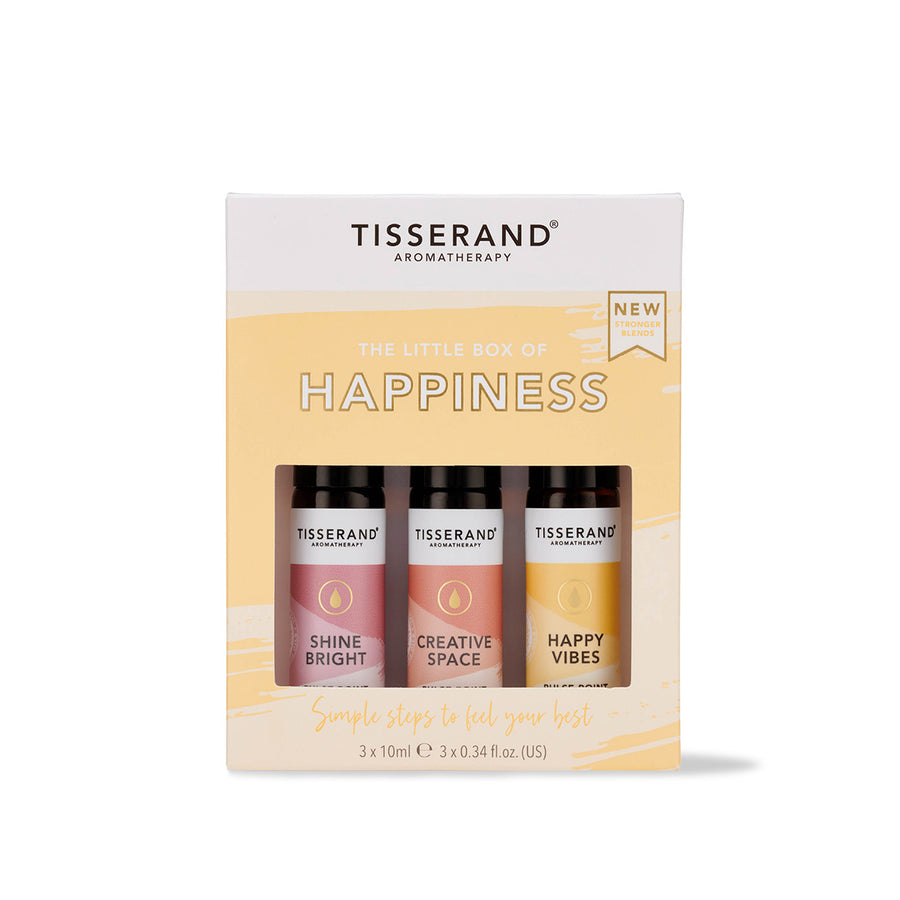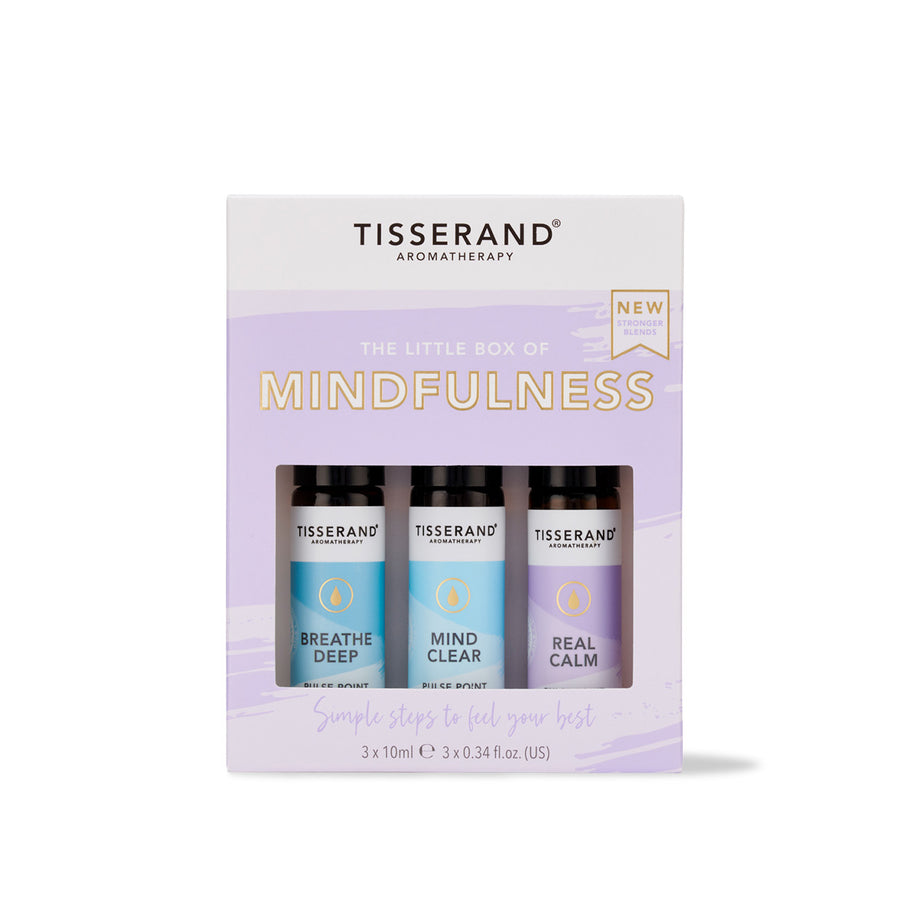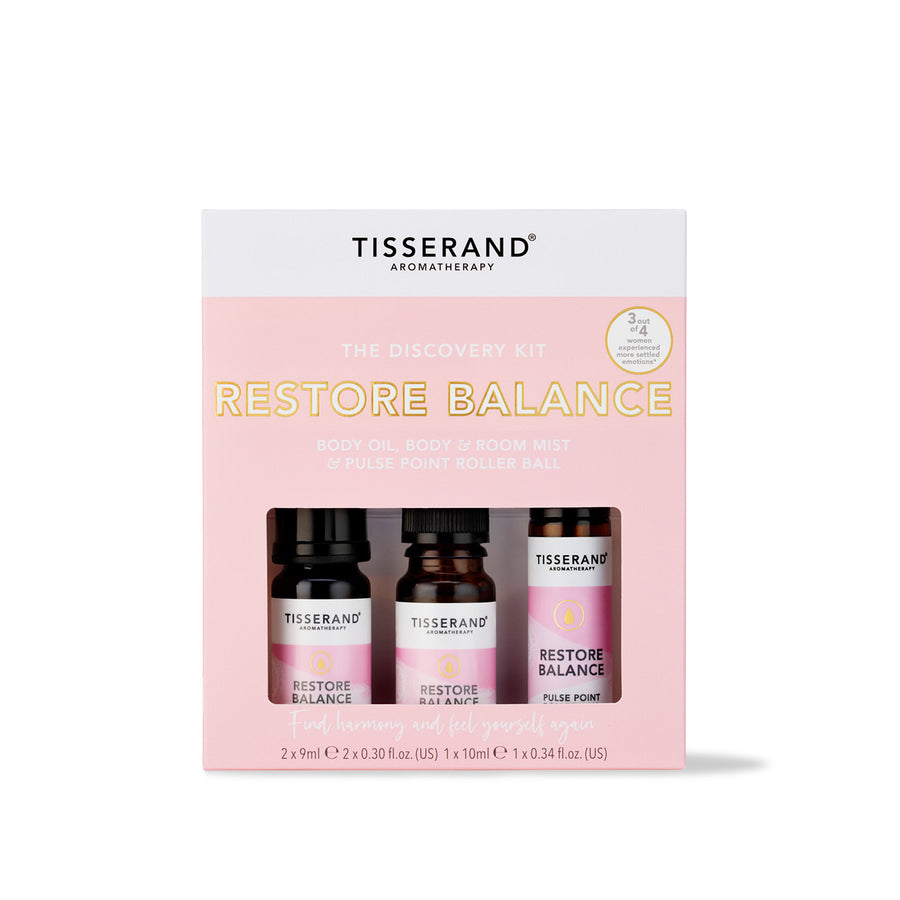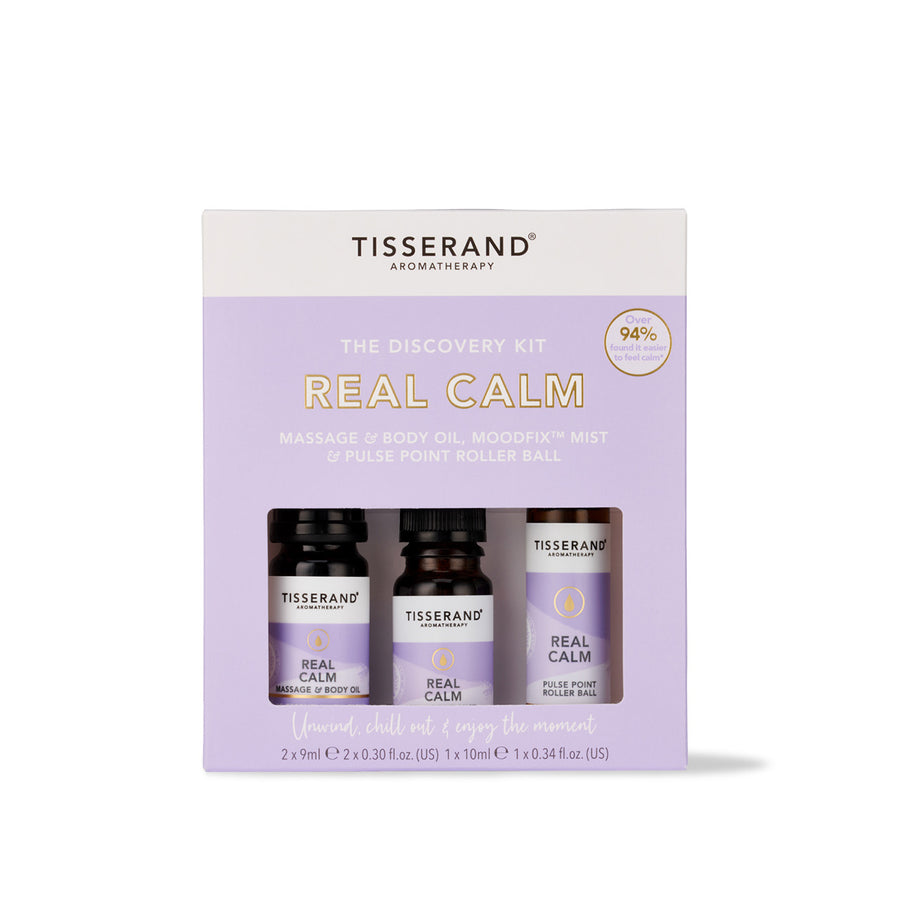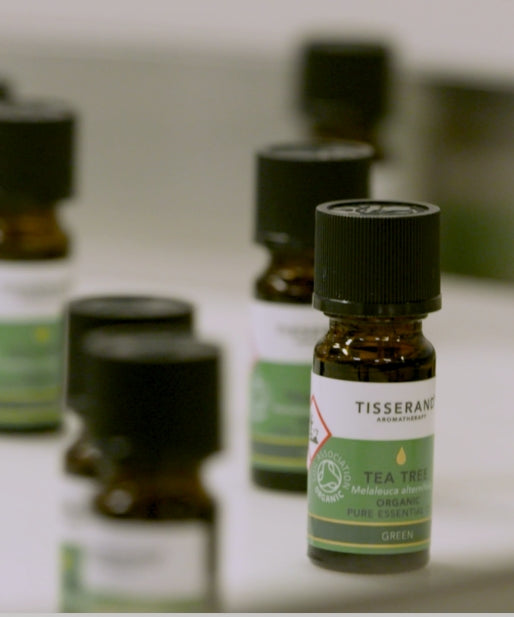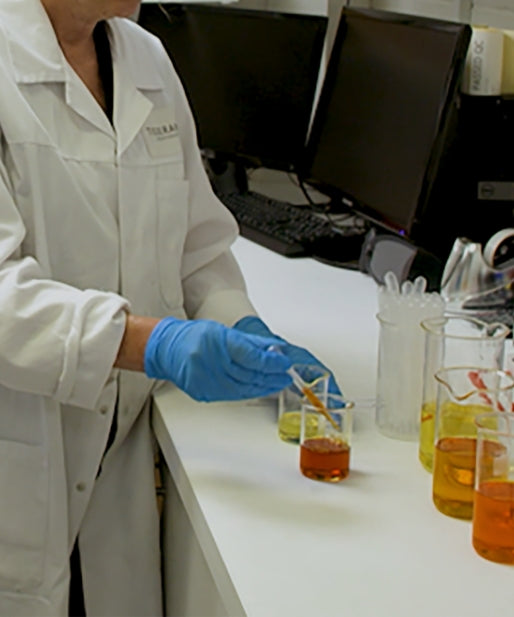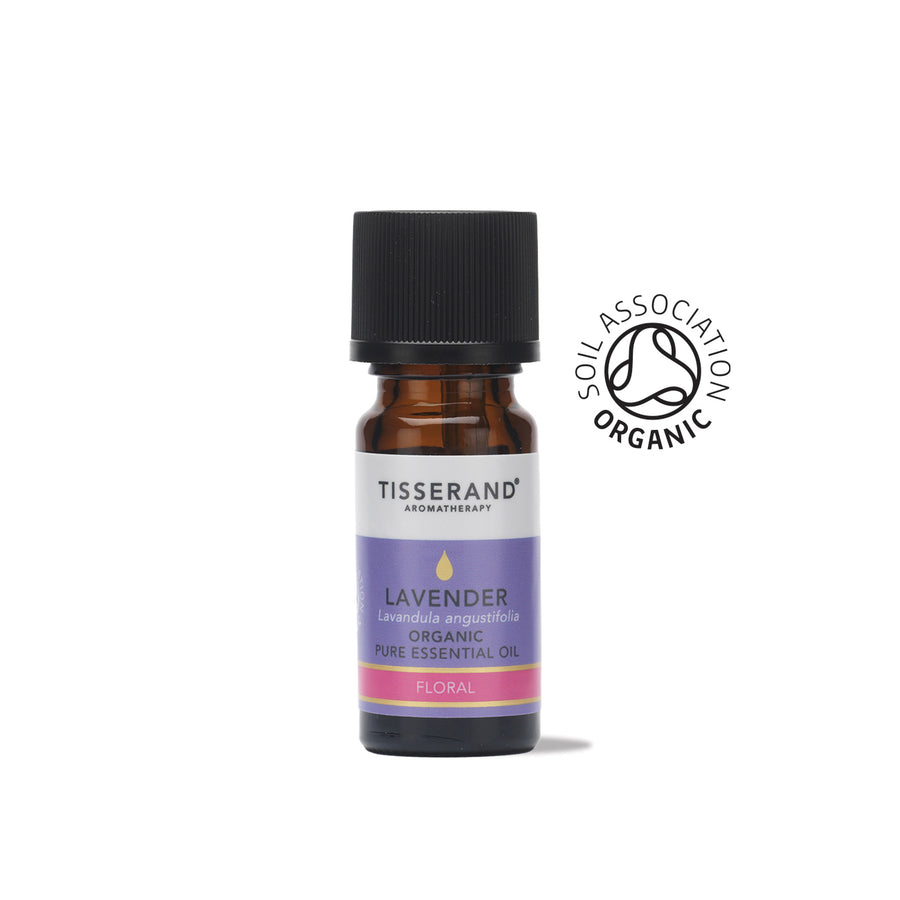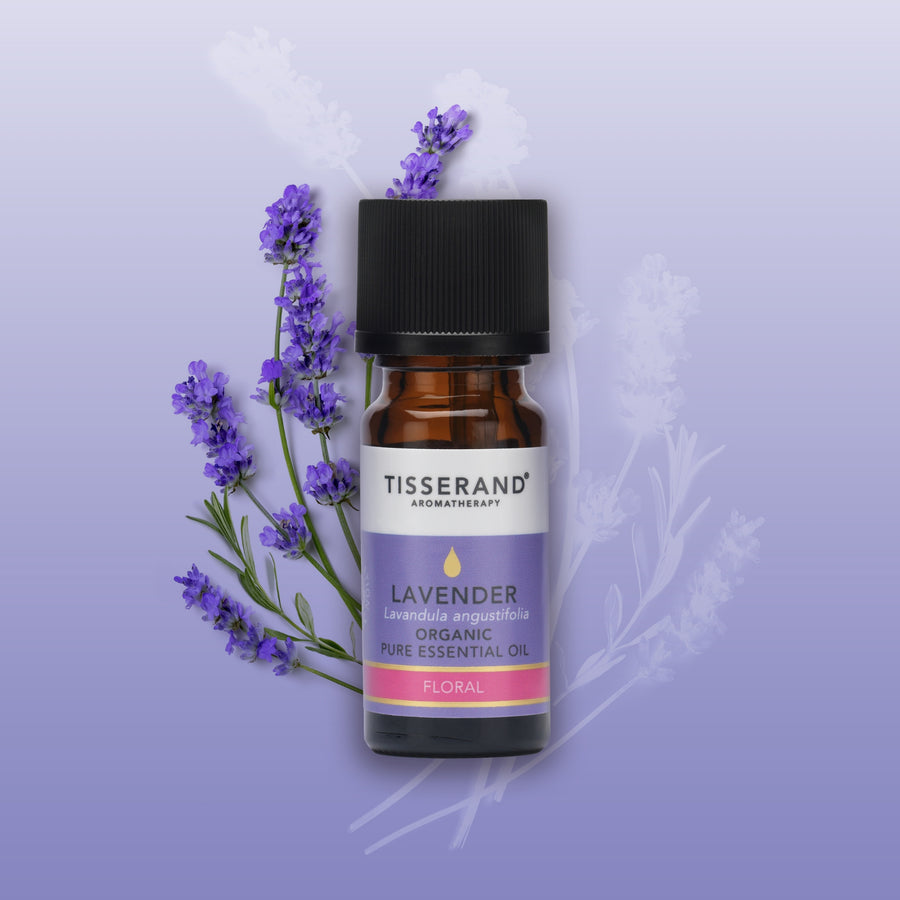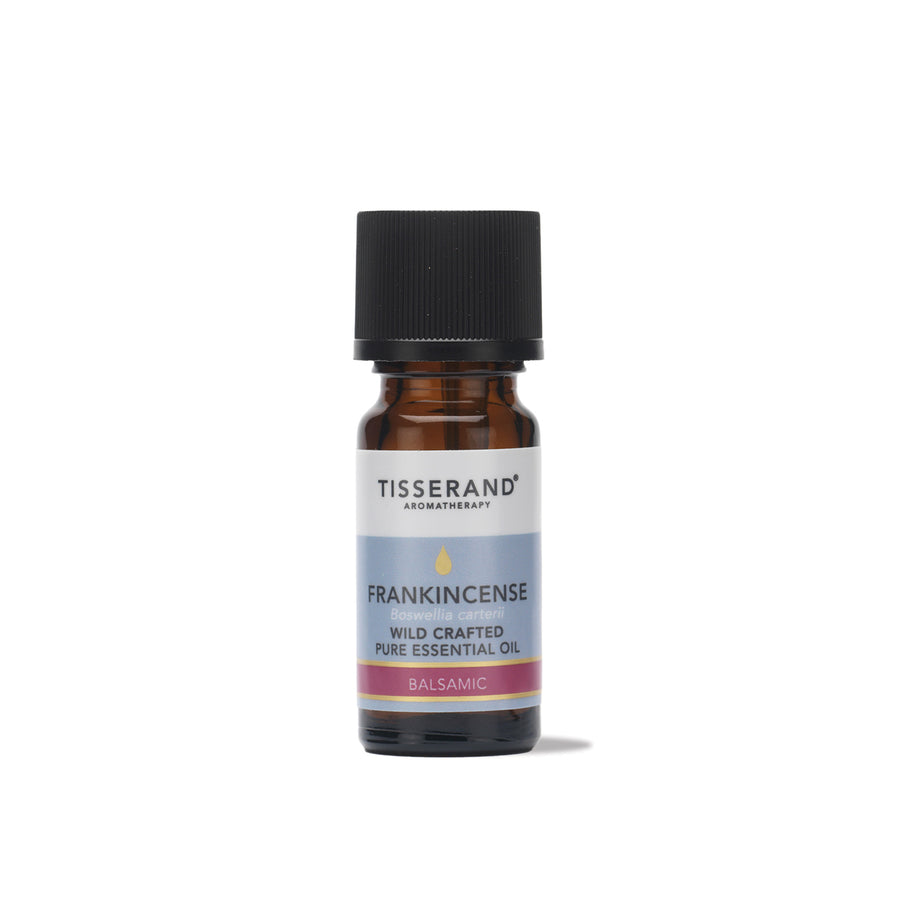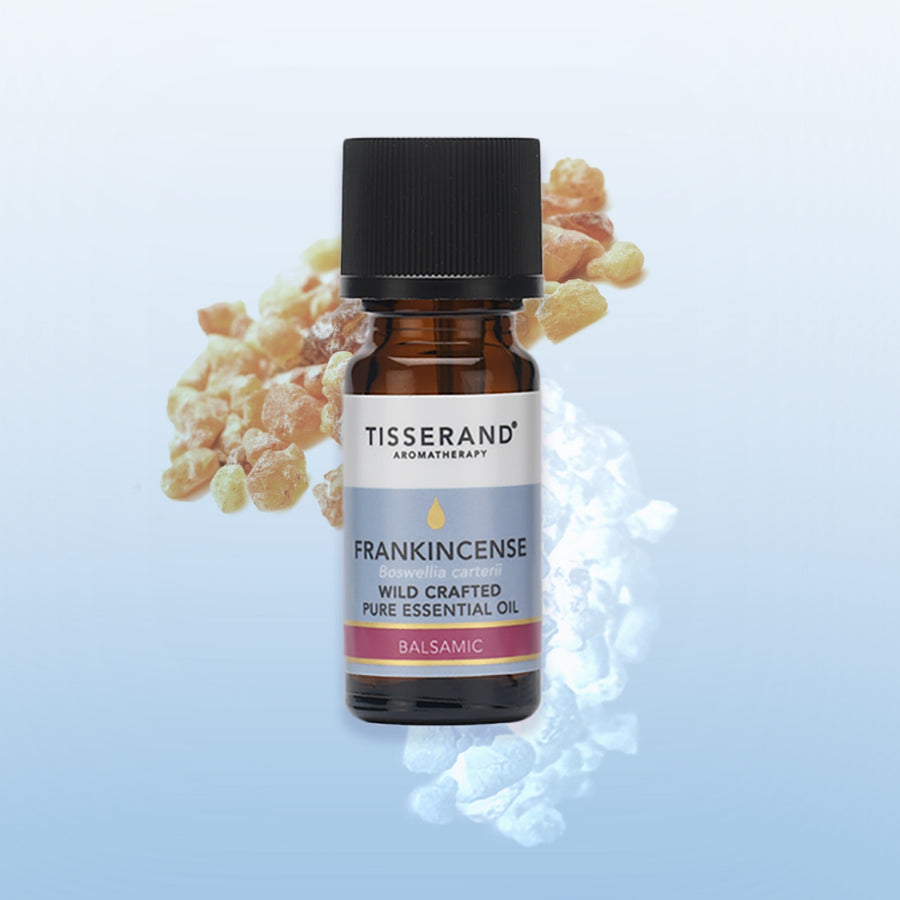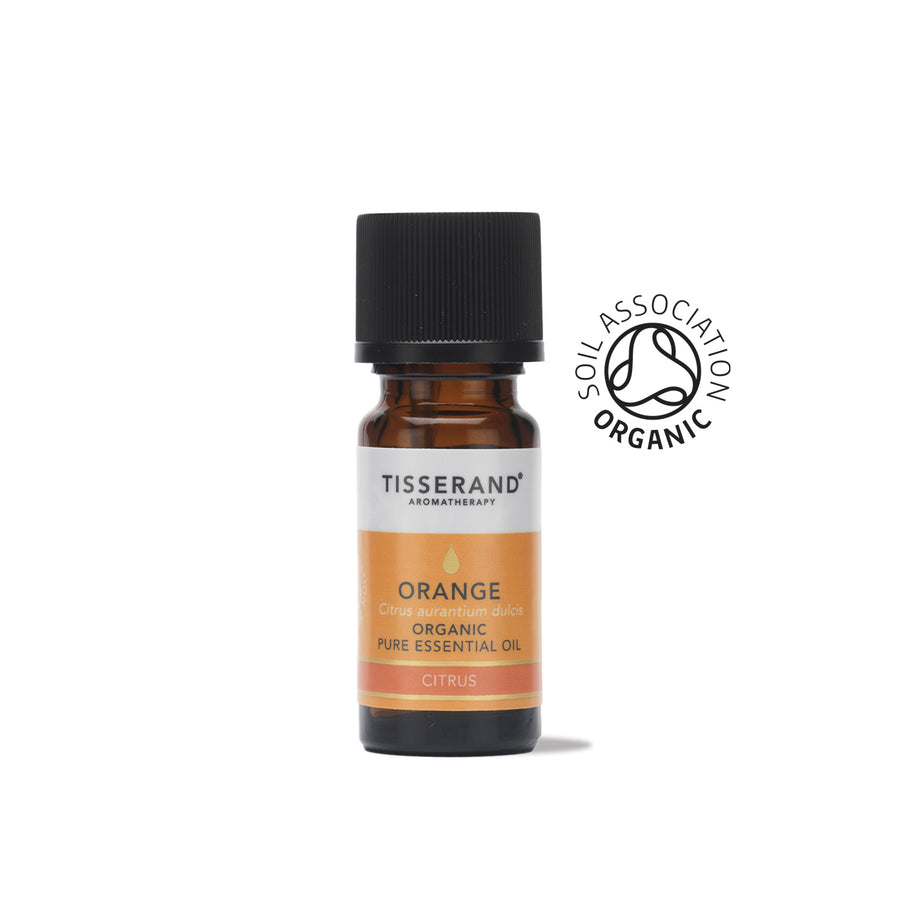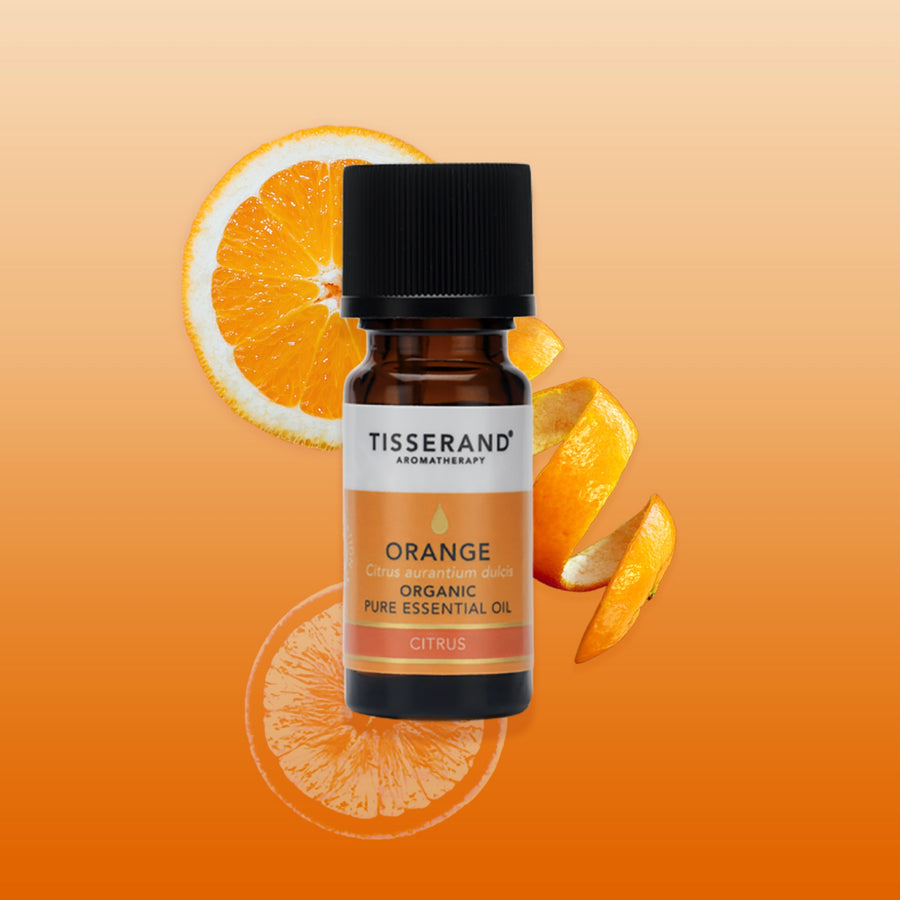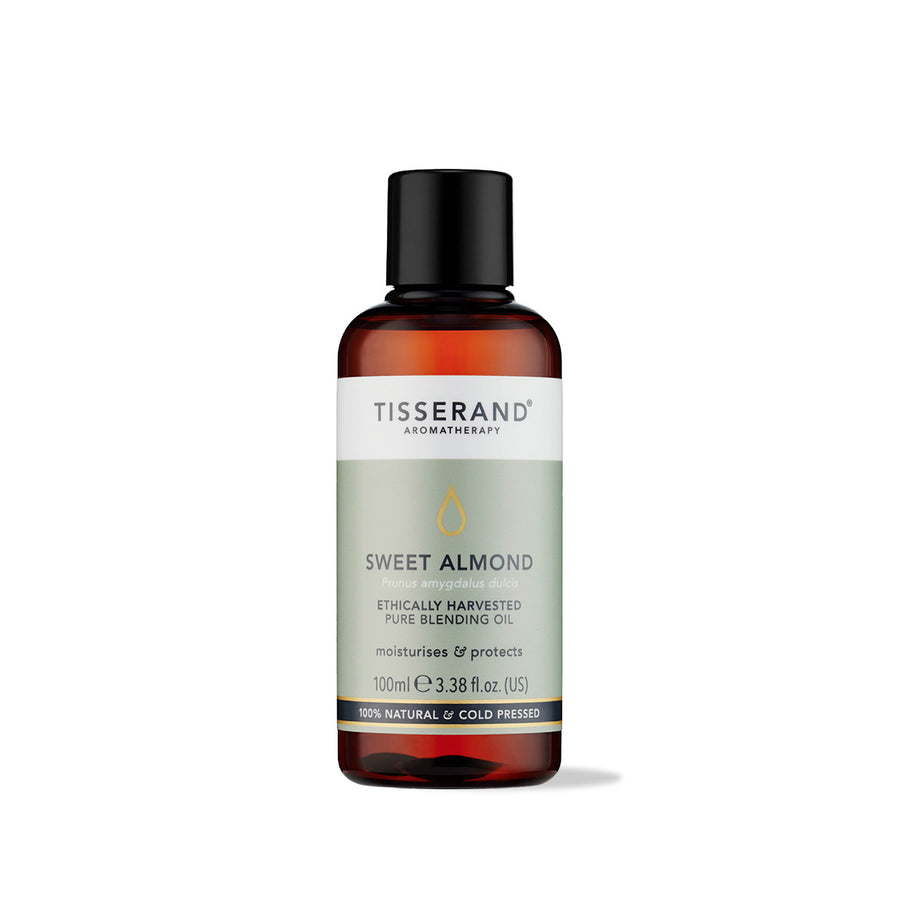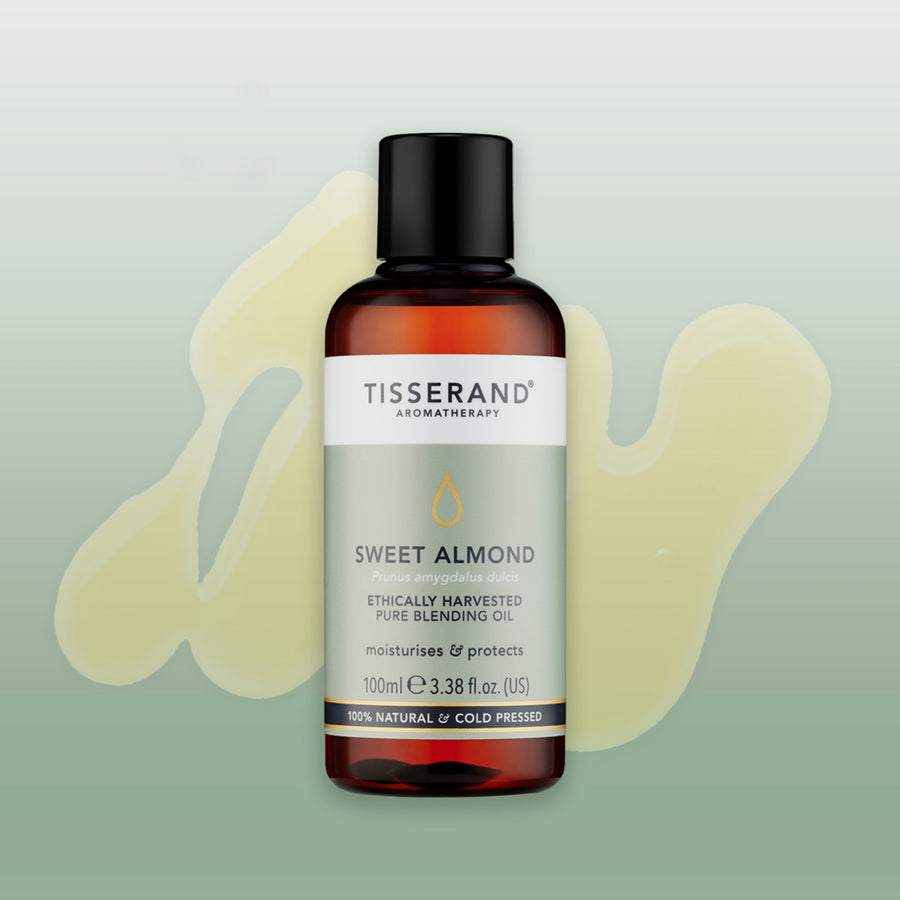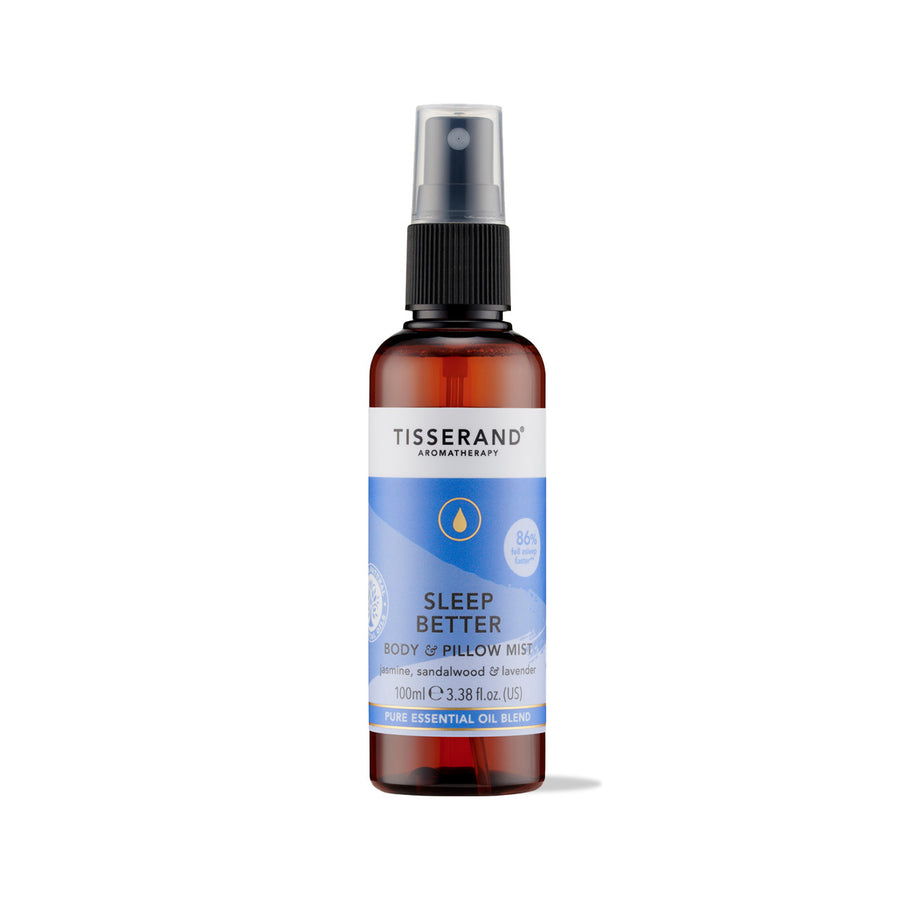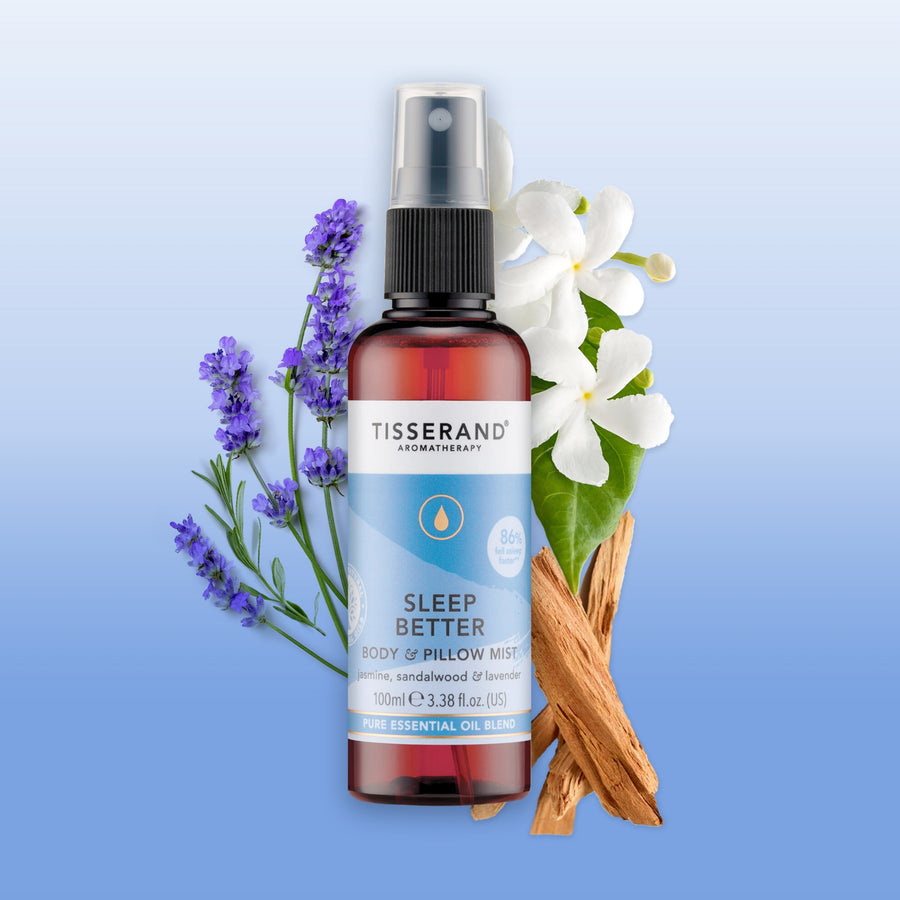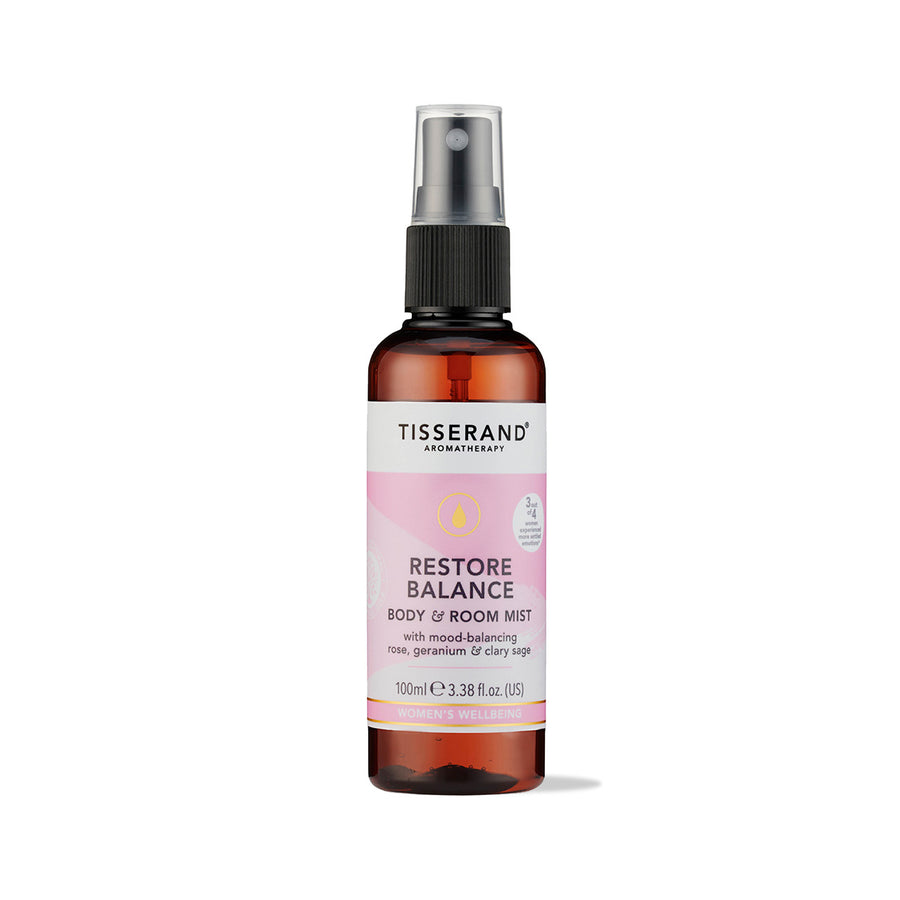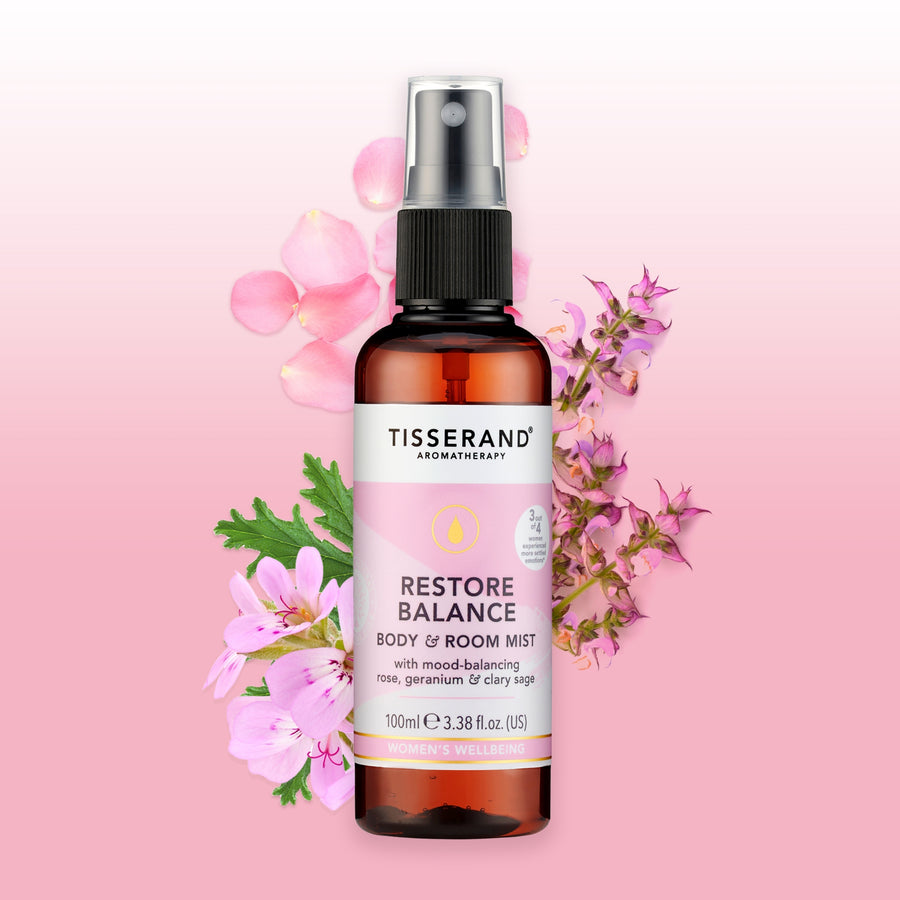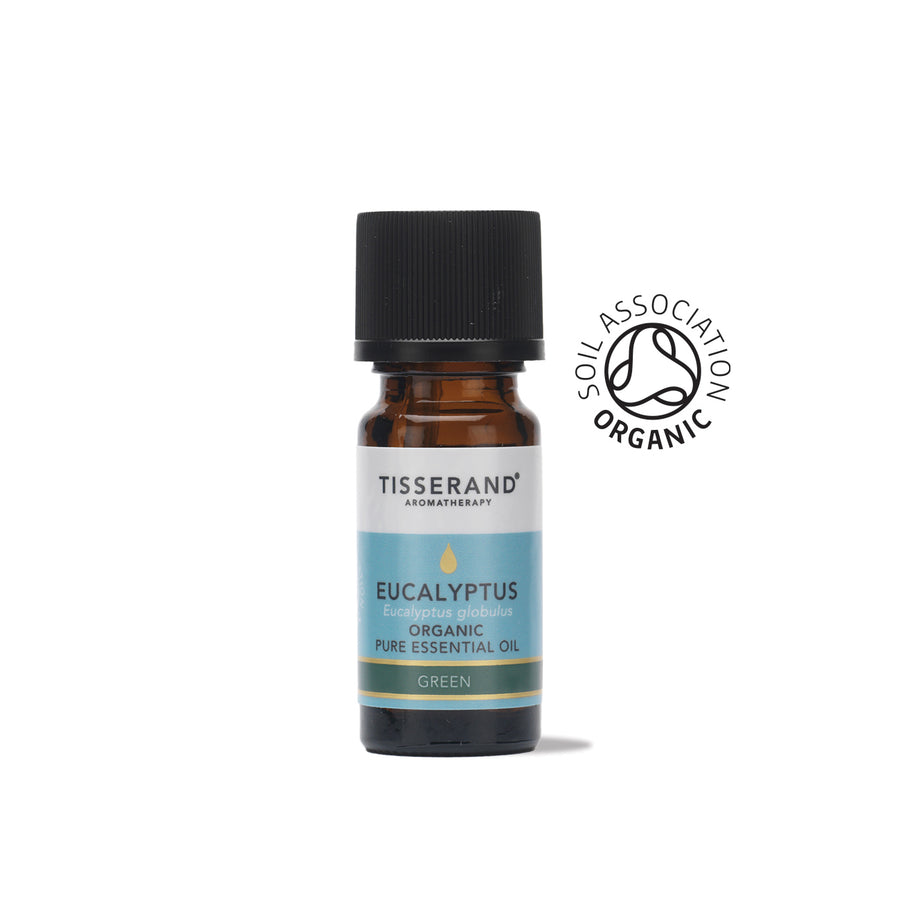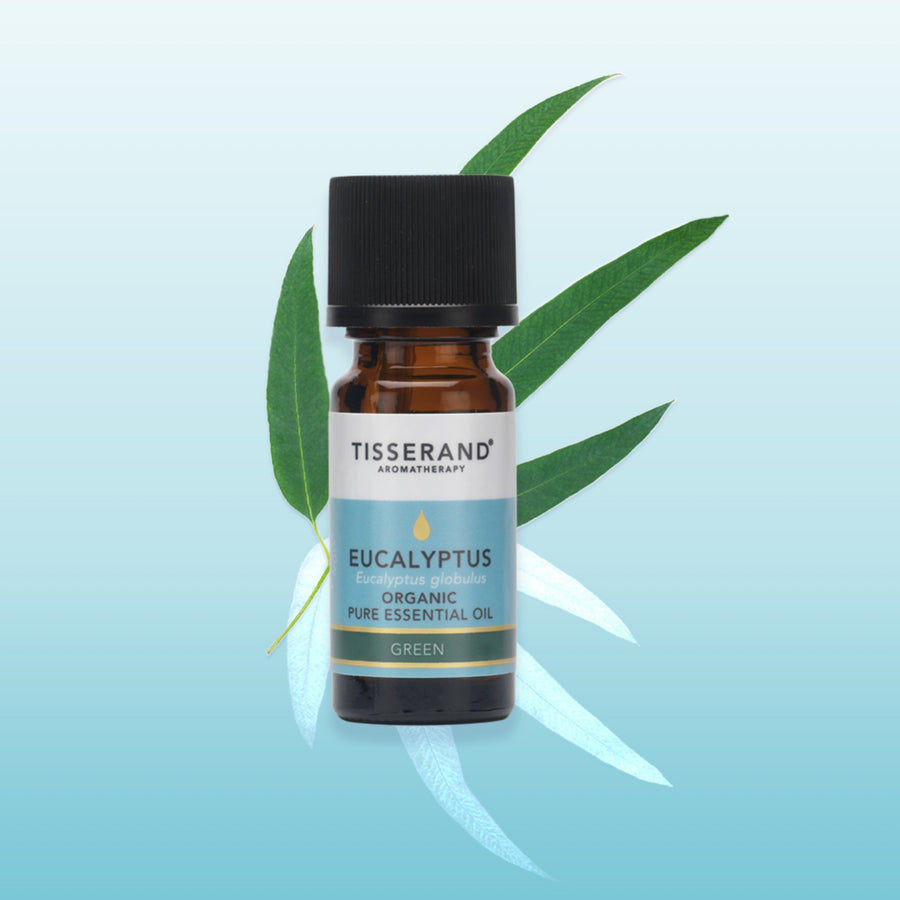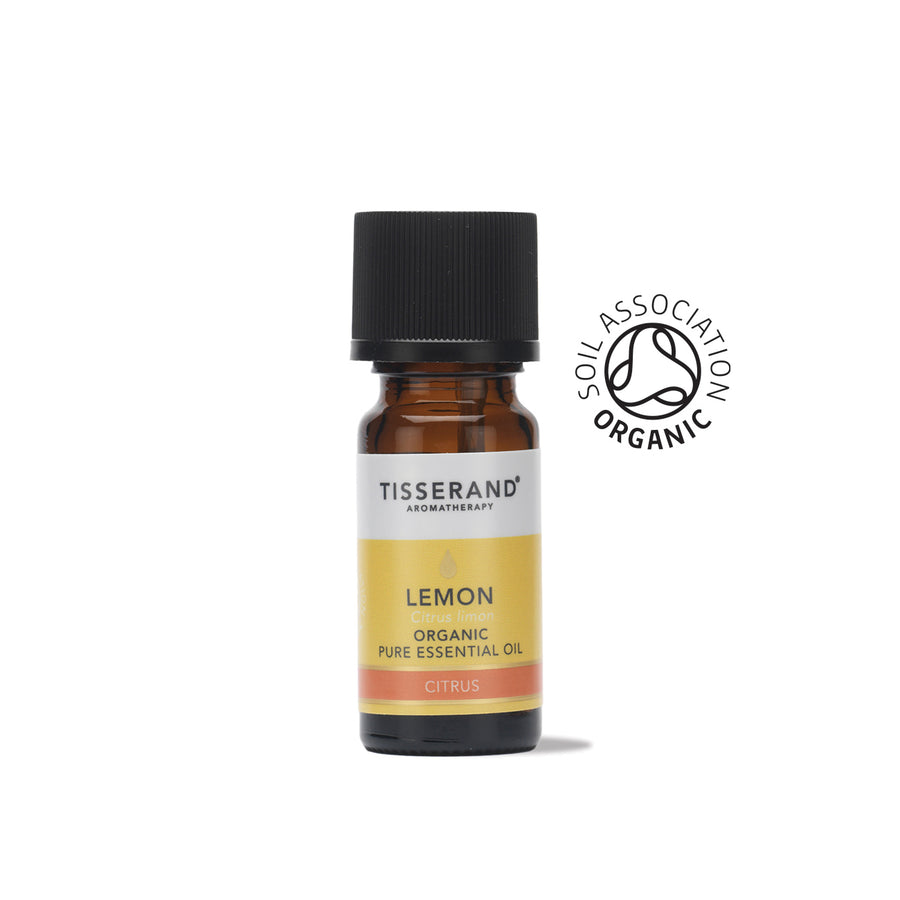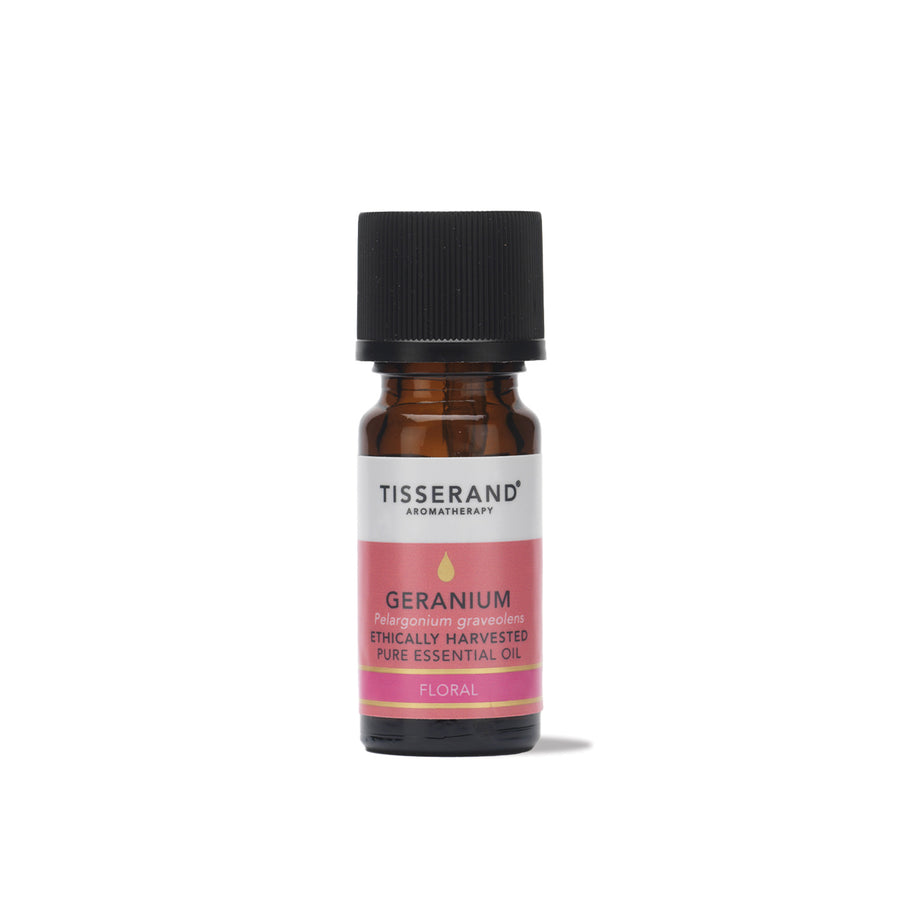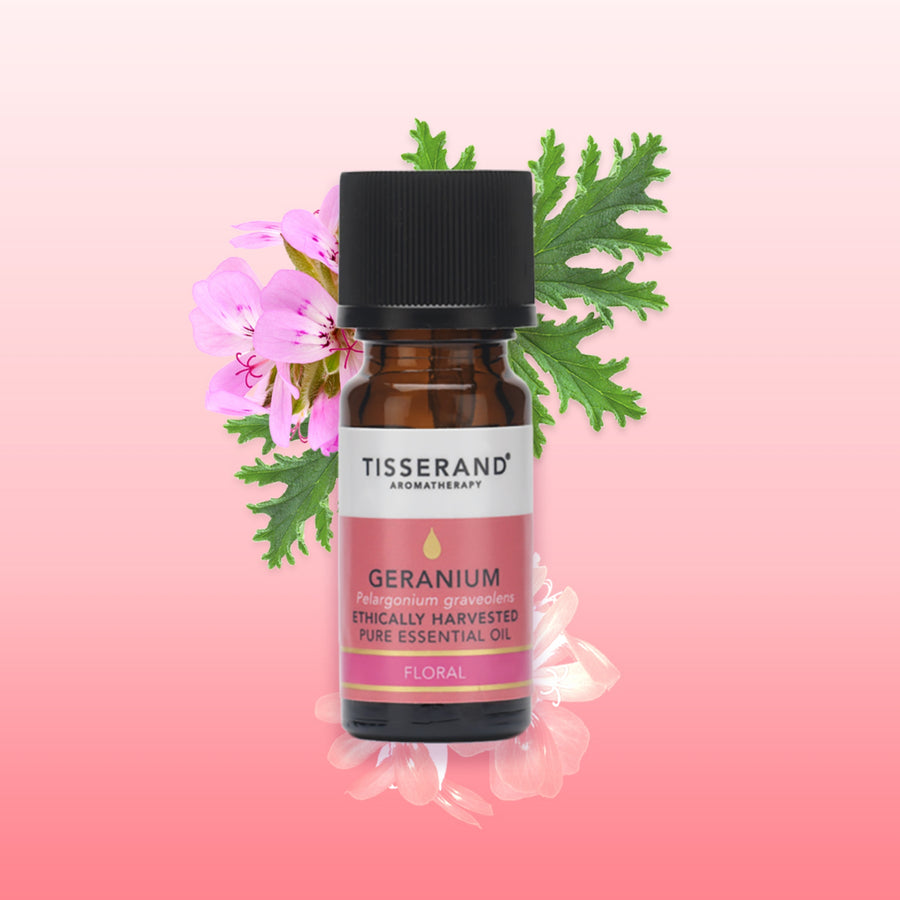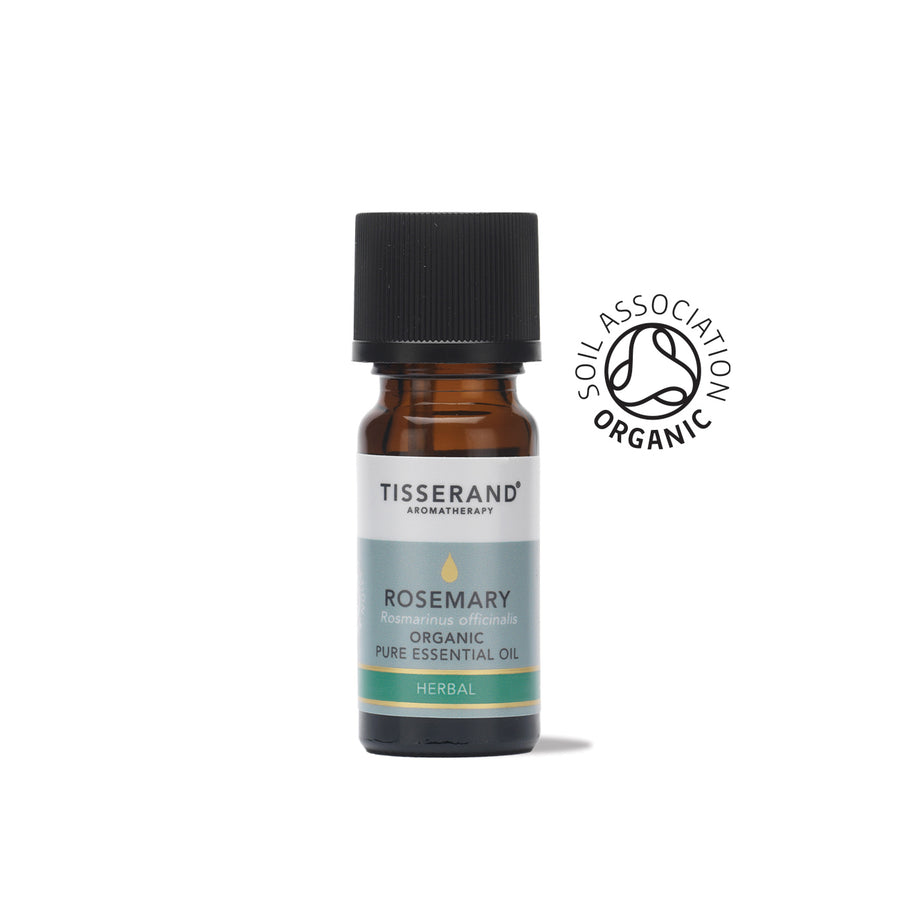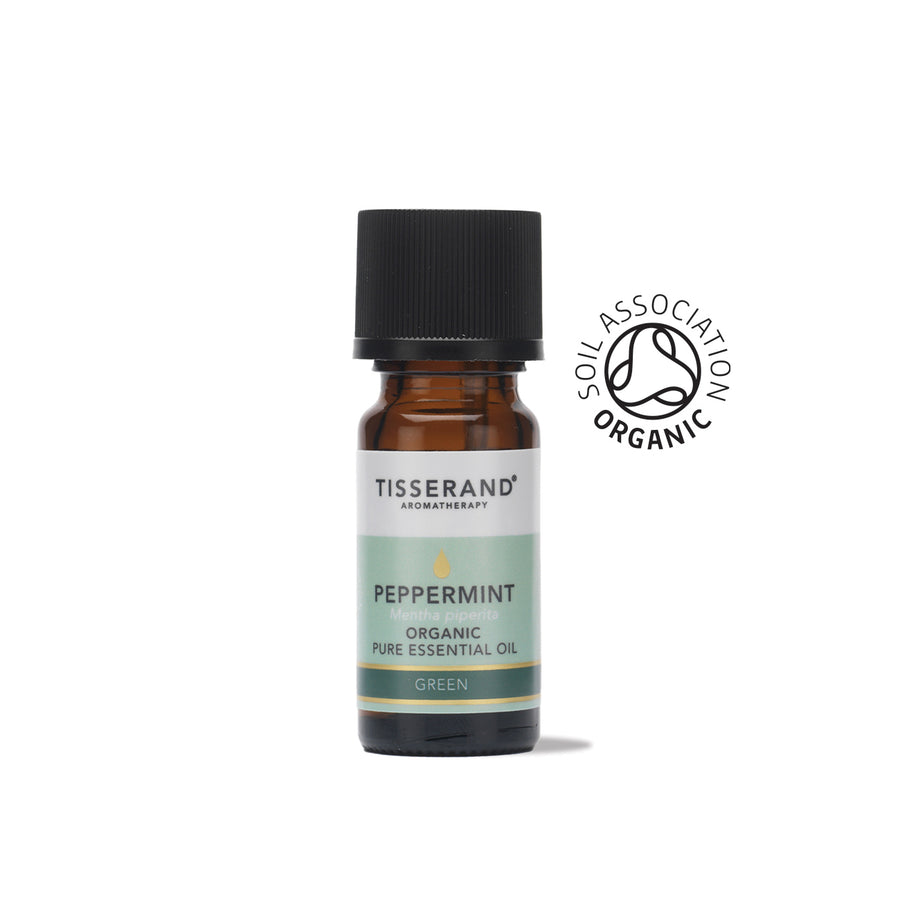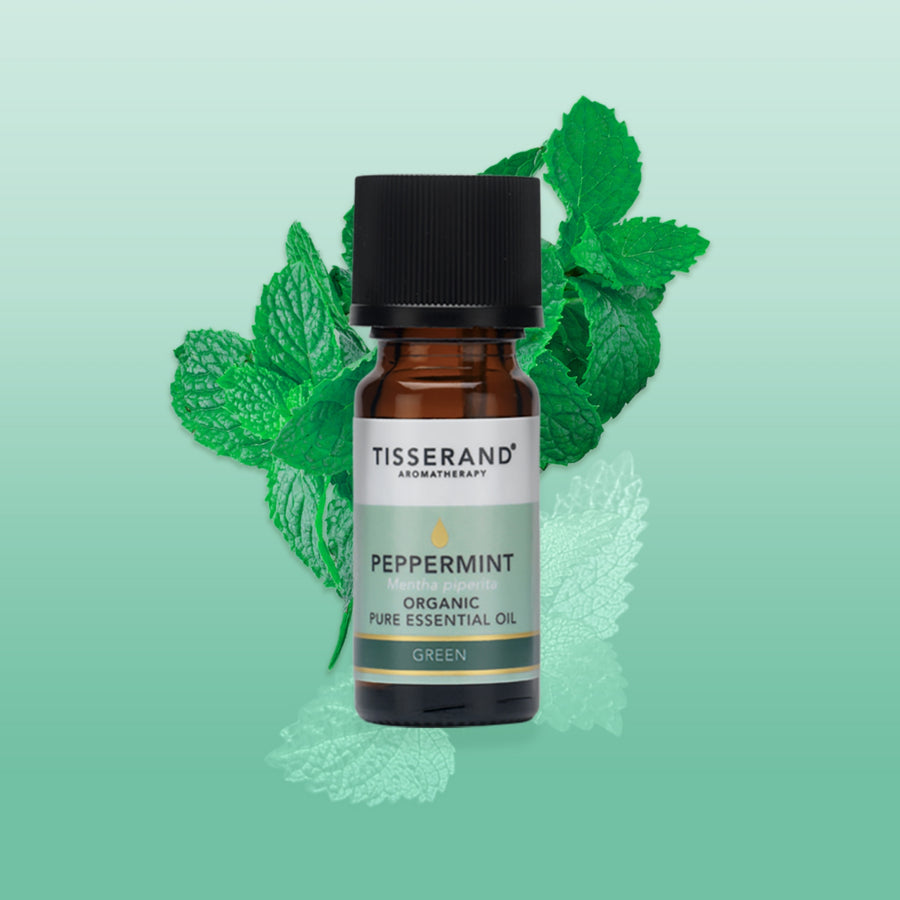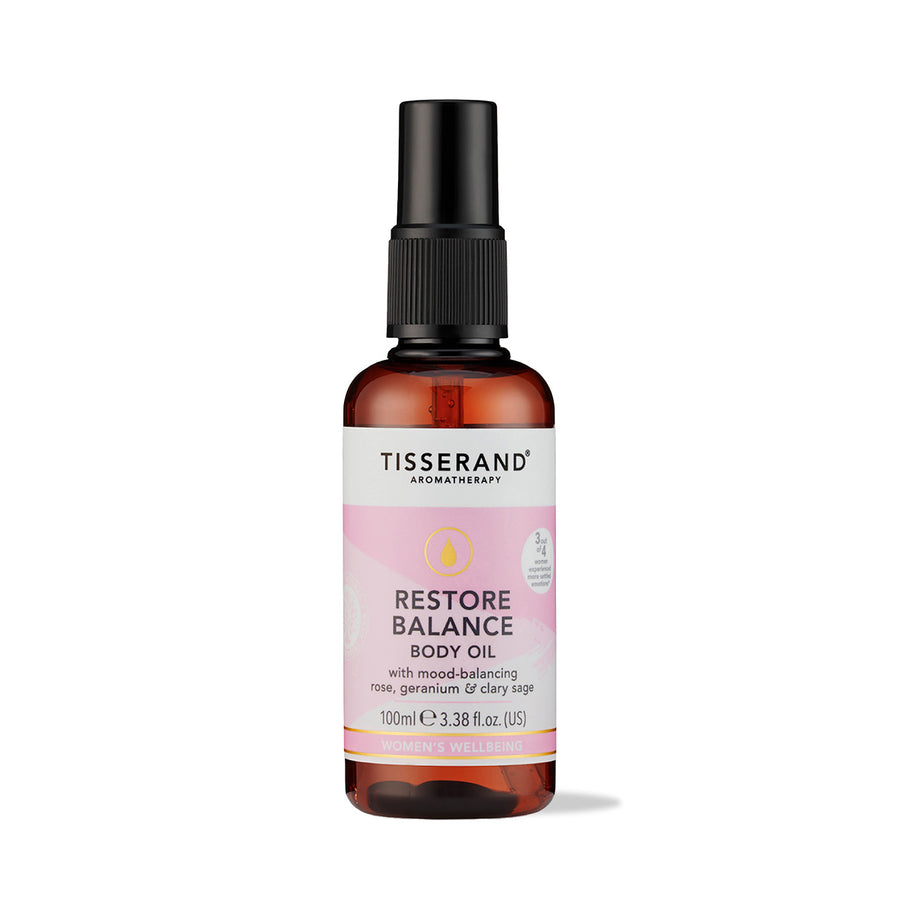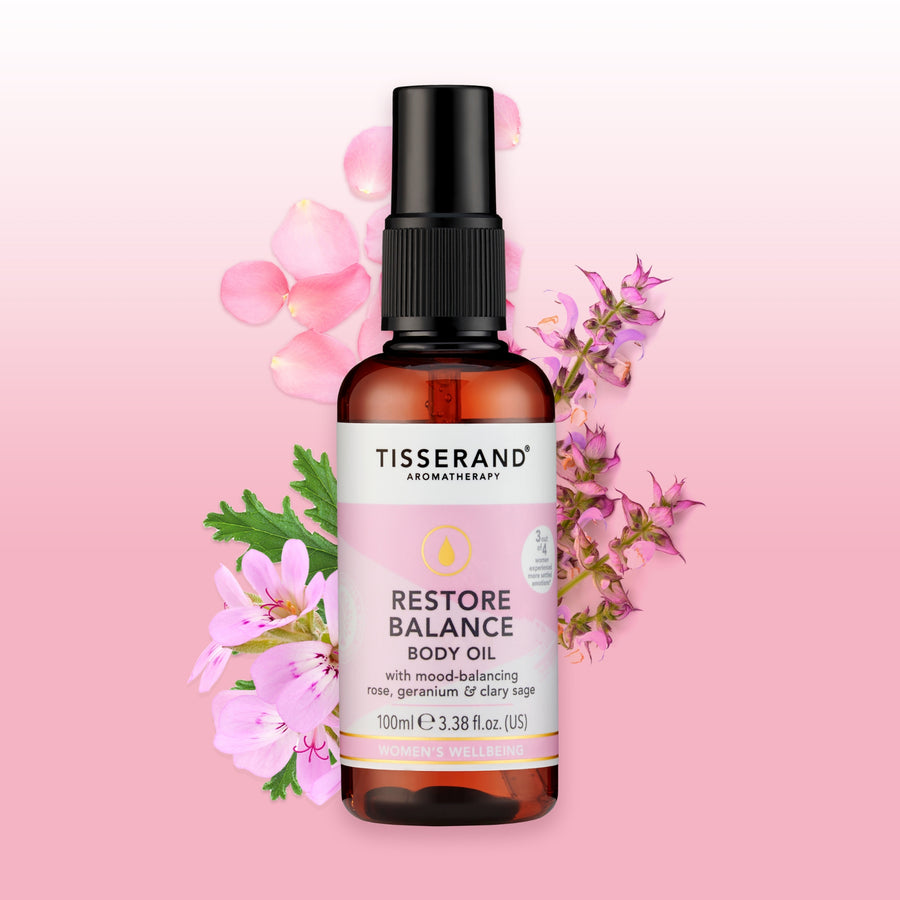Home > All Blog Articles > What are the benefits of Frankincense essential oil?
What are the benefits of Frankincense essential oil?
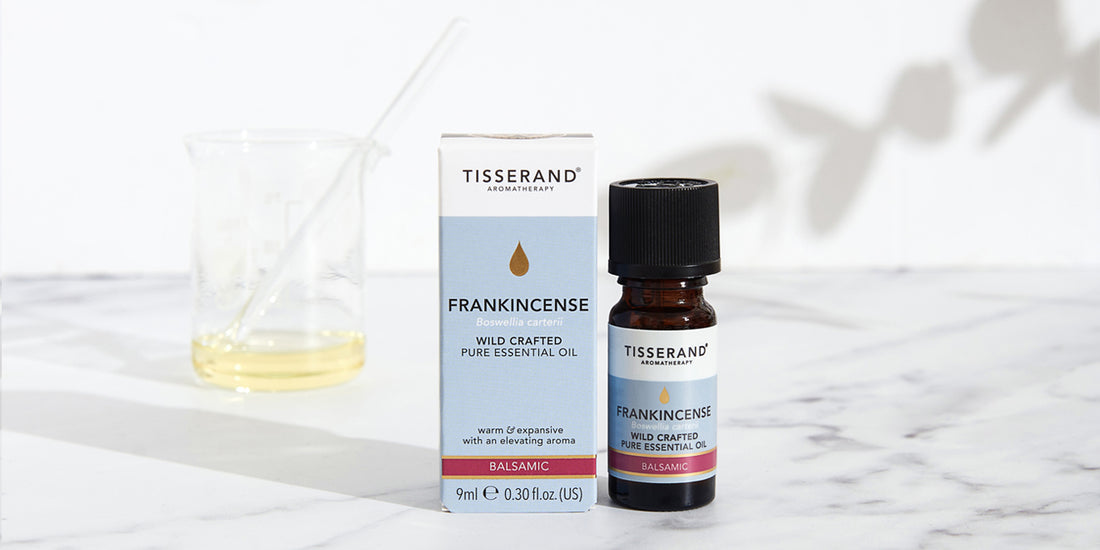
Frankincense essential oil is one of my favourites. Aromatically it has a slight medicinal aroma with a warm undertone but can also seem spicy and even fruity. I love its ability to calm yet uplift you, as well as being a wonderful skin tonic. So what is Frankincense, and what are the other benefits of Frankincense essential oil?
Frankincense trees grow in the dry arid climates of Oman and Somalia. The trees are relatively small, only growing to a height of approx. 7 metres. It has abundant narrow leaves and white or pale pink flowers. It belongs to the Burseraceae family; all the trees in this family produce resin and have bark that peels, leaving a smooth surface. This resin is gathered by cutting the tree and allowing the resin to exude and dry before being collected. Called ‘tears’, the resin can differ in colour from slightly opaque to a golden yellow. It is then steam distilled to produce the essential oil. It is sometimes referred to as Olibanum.
Frankincense has been used for millenniums and is probably the most important aromatic incense throughout history. It has played an important role in religious and domestic life in many ancient civilisations, including Egypt, Babylon, Persia, Hebrew, Greek and Roman. It is still used today in religious rites and ceremonies worldwide and extensively in Aromatherapy.
In ancient Egypt, it was used as a cosmetic and cited as the first ‘eye liner’ called Kohl. The resin was charred and then used to decorate around the eyes.
Its ability to calm and soothe emotions is well documented. It deepens the breath, helping you take stock of a stressful situation and ground you. Its therapeutic properties will calm you without making you feel sedated. It is a beneficial essential oil to use in times of ‘transition’ or change. Part of its ability to relax the breath is also useful for respiratory conditions. It can soothe coughs, Sinusitis, Asthma and Bronchitis.
Frankincense can also be used as a wonderful skin oil. It is rejuvenating and restorative, so especially useful for older, more mature skin. (I always find it fascinating that the resin mimics the action of the EO for our skin; the tree is damaged or cut, the resin exudes, forming a hard layer for the bark ‘the skin’ of the tree to repair underneath)
You may also wish to use it to ease muscular aches and pains, and it can improve local circulation, bringing warmth and relief to tired, overworked muscles.
It’s a very versatile essential oil and blends well with many other oils, particularly from the Floral and Citrus families, as well as the Spices and other Wood oils.
Here are some blends for you to try at home.
To 10ml of Jojoba Oil add:
1 drop of Neroli Citrus aurantium
1 drop of Frankincense Boswellia carterii
Apply to your face after your usual cleansing routine before bed. Take your time massaging the blend into your face, avoiding the delicate skin around the eyes and mouth.
Add the following drops to your Aroma Spa diffuser:
3 drops of Frankincense Boswellia carterii
3 drops of Bergamot Citrus bergamia
2 drops of Cypress Cupressus sempervirens
Use when feeling overwhelmed or in need of a calm, soothing aroma at the end of a busy day. It is particularly useful for soothing the mind and bringing serenity to your thoughts. It can also be used as a meditation aid.
To 20ml of your favourite blending oil, add:
3 drops of Frankincense Boswellia carterii
2 drops of Patchouli Pogostemon cablin
5 drops of Mandarin Citrus reticulata
Apply this blend liberally to your body, taking the time to allow the oils to sink into your skin before dressing.
Let us know how you use Frankincense in the comments or on our Social.
 About Jo Kellett
About Jo Kellett
Our essential oil expert, Jo Kellett TIDHA MIFPA CIMI, graduated from the Tisserand Institute of Holistic Aromatherapy in 1996. She returned to the college in 1999 as an Essential Oil Therapeutics Tutor, where she taught until the college closed. Jo runs a successful private Aromatherapy practice in Brighton, specialising in Women’s health. Jo is also an internationally published author and has lectured on the subject of Aromatherapy both in the UK and abroad.
For more information on Jo Kellett, check out her website or Instagram.
Origin & History
Frankincense trees grow in the dry arid climates of Oman and Somalia. The trees are relatively small, only growing to a height of approx. 7 metres. It has abundant narrow leaves and white or pale pink flowers. It belongs to the Burseraceae family; all the trees in this family produce resin and have bark that peels, leaving a smooth surface. This resin is gathered by cutting the tree and allowing the resin to exude and dry before being collected. Called ‘tears’, the resin can differ in colour from slightly opaque to a golden yellow. It is then steam distilled to produce the essential oil. It is sometimes referred to as Olibanum.
Frankincense has been used for millenniums and is probably the most important aromatic incense throughout history. It has played an important role in religious and domestic life in many ancient civilisations, including Egypt, Babylon, Persia, Hebrew, Greek and Roman. It is still used today in religious rites and ceremonies worldwide and extensively in Aromatherapy.
In ancient Egypt, it was used as a cosmetic and cited as the first ‘eye liner’ called Kohl. The resin was charred and then used to decorate around the eyes.
Uses and Benefits
Its ability to calm and soothe emotions is well documented. It deepens the breath, helping you take stock of a stressful situation and ground you. Its therapeutic properties will calm you without making you feel sedated. It is a beneficial essential oil to use in times of ‘transition’ or change. Part of its ability to relax the breath is also useful for respiratory conditions. It can soothe coughs, Sinusitis, Asthma and Bronchitis.
Frankincense can also be used as a wonderful skin oil. It is rejuvenating and restorative, so especially useful for older, more mature skin. (I always find it fascinating that the resin mimics the action of the EO for our skin; the tree is damaged or cut, the resin exudes, forming a hard layer for the bark ‘the skin’ of the tree to repair underneath)
You may also wish to use it to ease muscular aches and pains, and it can improve local circulation, bringing warmth and relief to tired, overworked muscles.
It’s a very versatile essential oil and blends well with many other oils, particularly from the Floral and Citrus families, as well as the Spices and other Wood oils.
Here are some blends for you to try at home.
For a luxurious night-time face blend
To 10ml of Jojoba Oil add:
1 drop of Neroli Citrus aurantium
1 drop of Frankincense Boswellia carterii
Apply to your face after your usual cleansing routine before bed. Take your time massaging the blend into your face, avoiding the delicate skin around the eyes and mouth.
Calming diffuser blend
Add the following drops to your Aroma Spa diffuser:
3 drops of Frankincense Boswellia carterii
3 drops of Bergamot Citrus bergamia
2 drops of Cypress Cupressus sempervirens
Use when feeling overwhelmed or in need of a calm, soothing aroma at the end of a busy day. It is particularly useful for soothing the mind and bringing serenity to your thoughts. It can also be used as a meditation aid.
Moisturising body blend
To 20ml of your favourite blending oil, add:
3 drops of Frankincense Boswellia carterii
2 drops of Patchouli Pogostemon cablin
5 drops of Mandarin Citrus reticulata
Apply this blend liberally to your body, taking the time to allow the oils to sink into your skin before dressing.
Let us know how you use Frankincense in the comments or on our Social.
 About Jo Kellett
About Jo KellettOur essential oil expert, Jo Kellett TIDHA MIFPA CIMI, graduated from the Tisserand Institute of Holistic Aromatherapy in 1996. She returned to the college in 1999 as an Essential Oil Therapeutics Tutor, where she taught until the college closed. Jo runs a successful private Aromatherapy practice in Brighton, specialising in Women’s health. Jo is also an internationally published author and has lectured on the subject of Aromatherapy both in the UK and abroad.
For more information on Jo Kellett, check out her website or Instagram.



